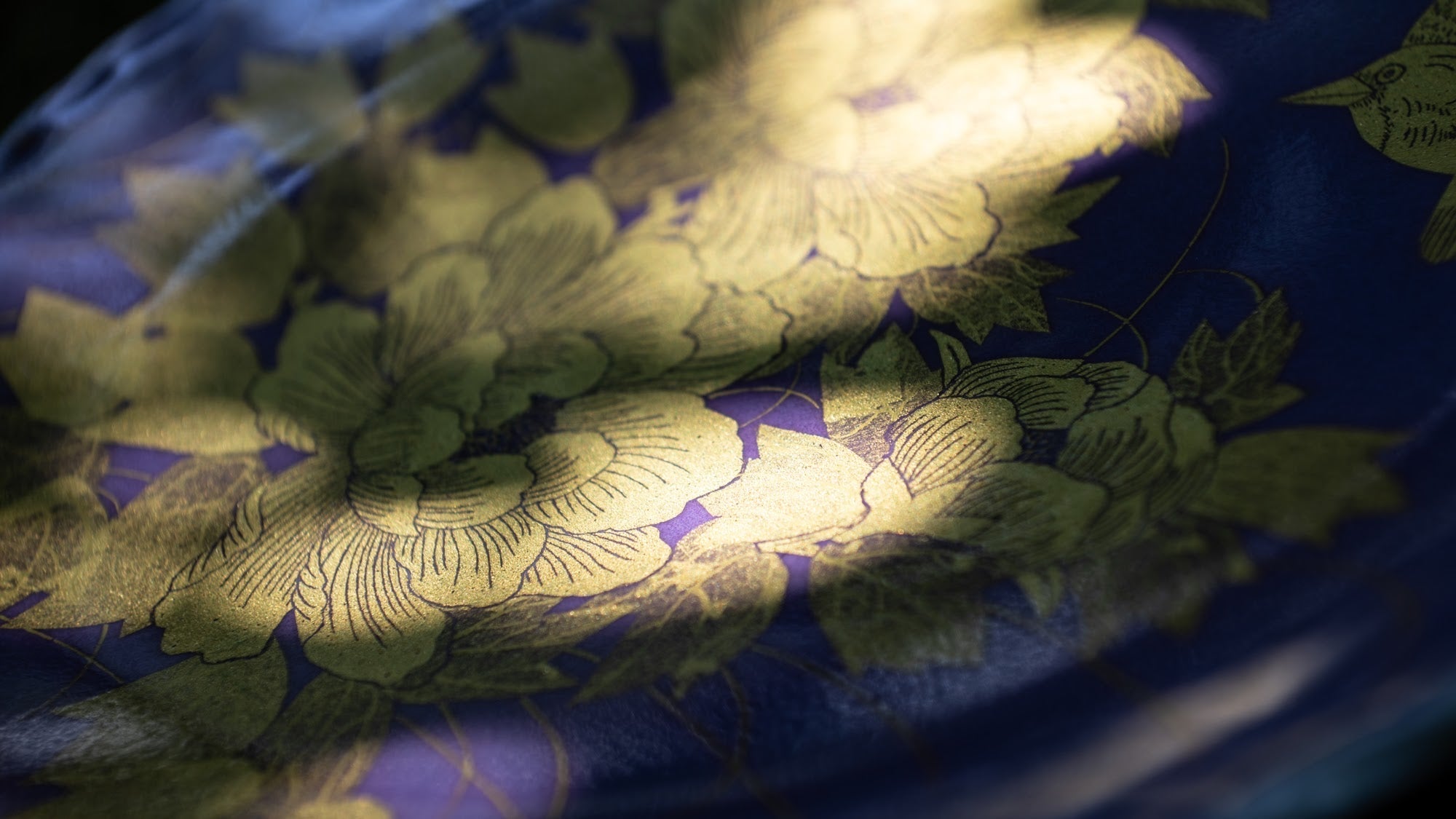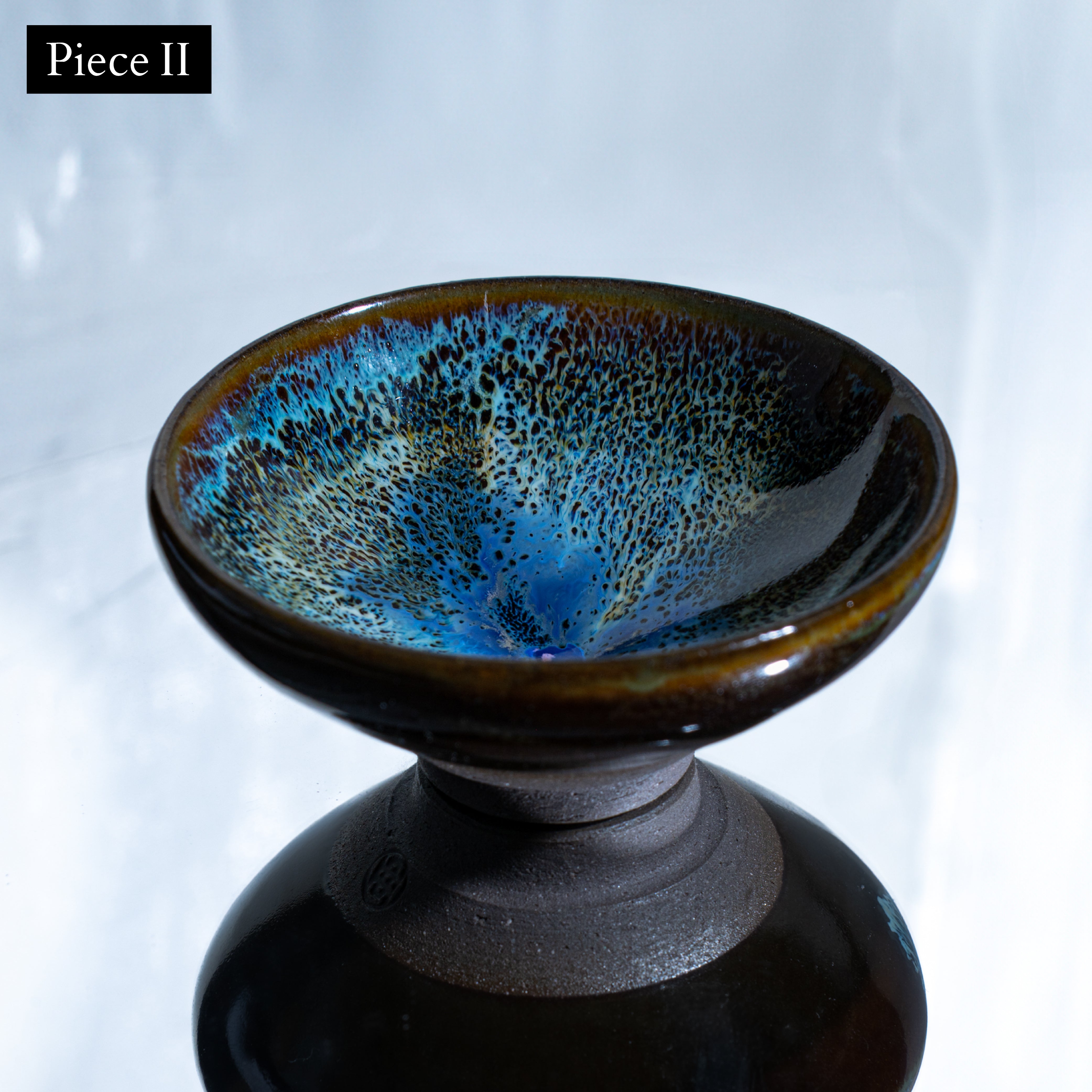
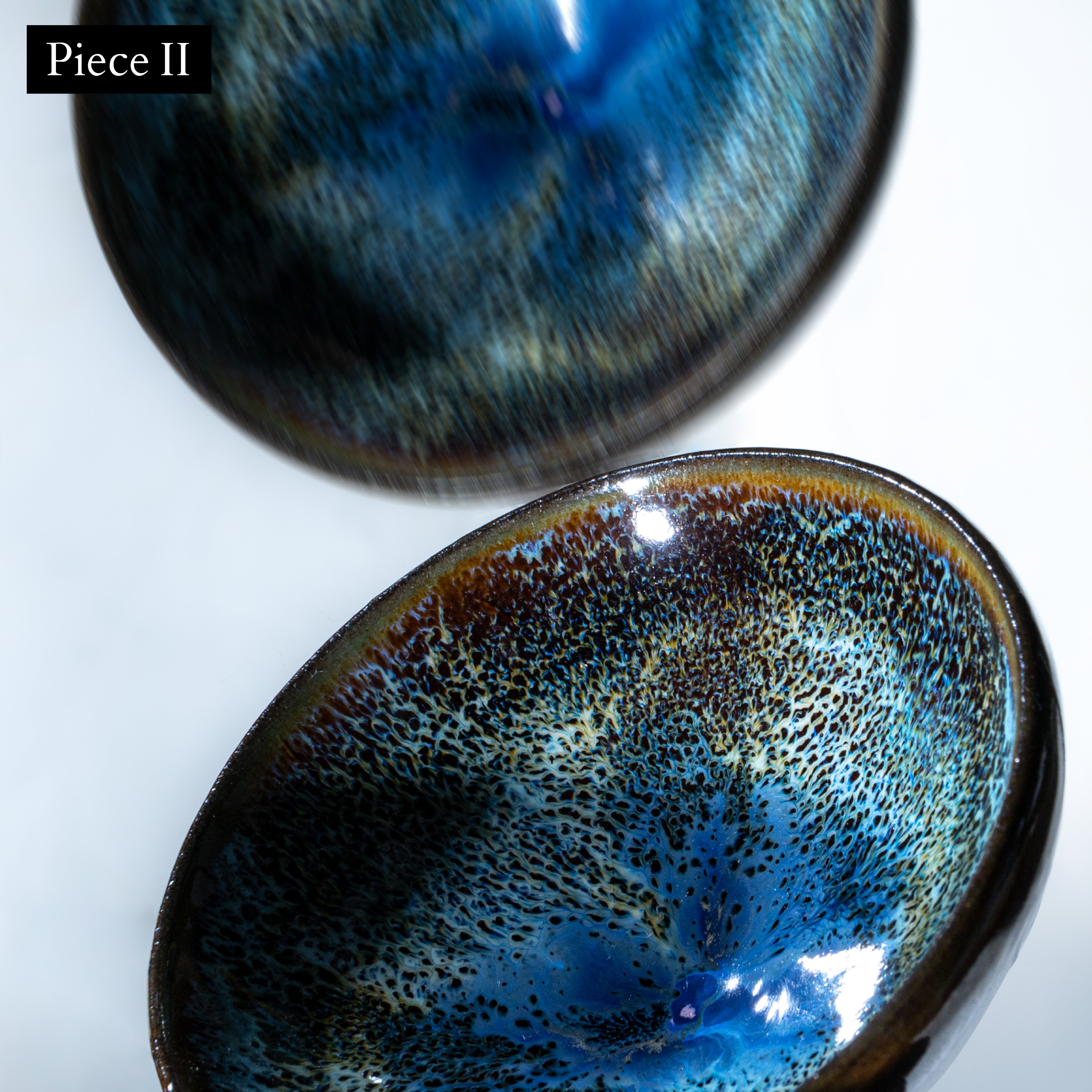
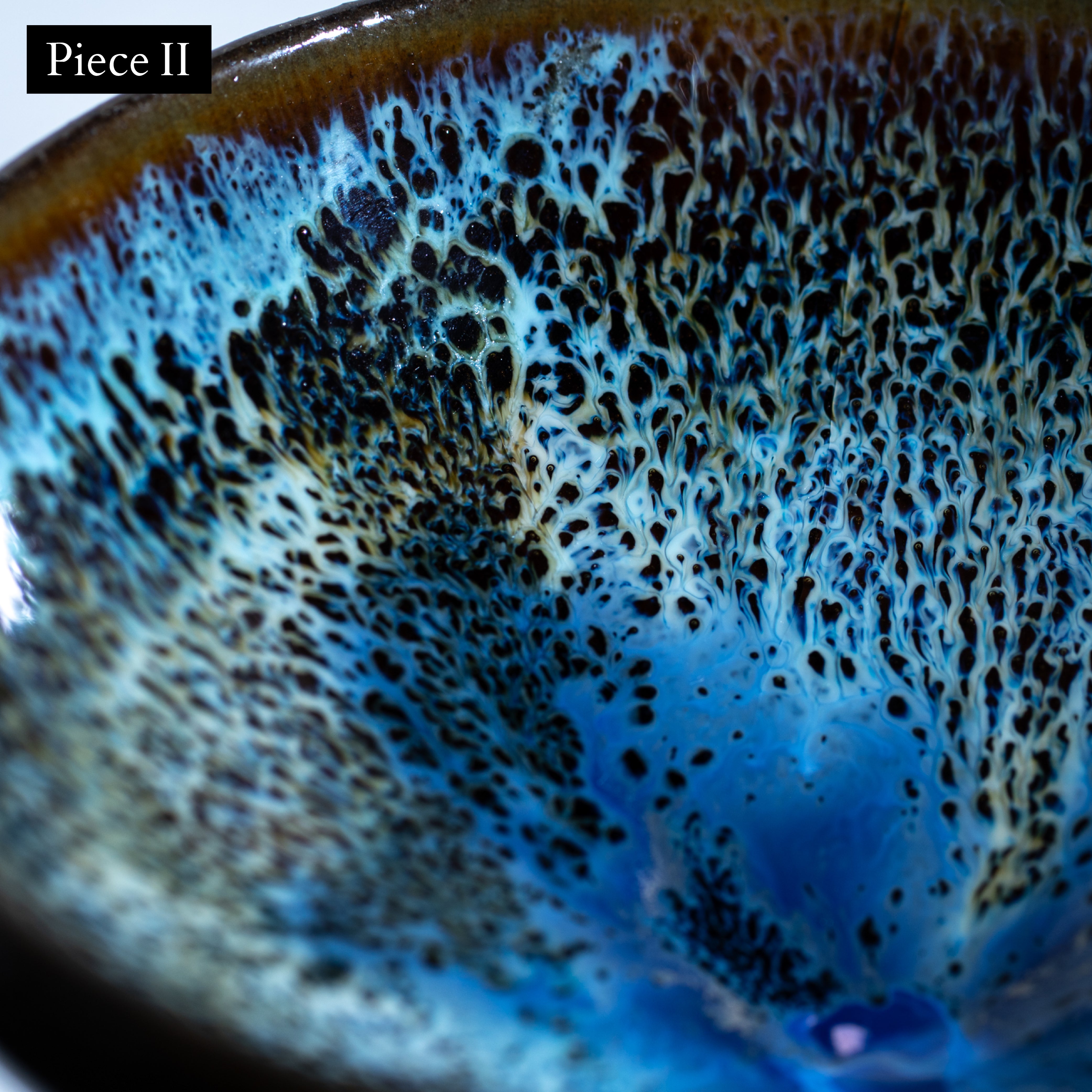
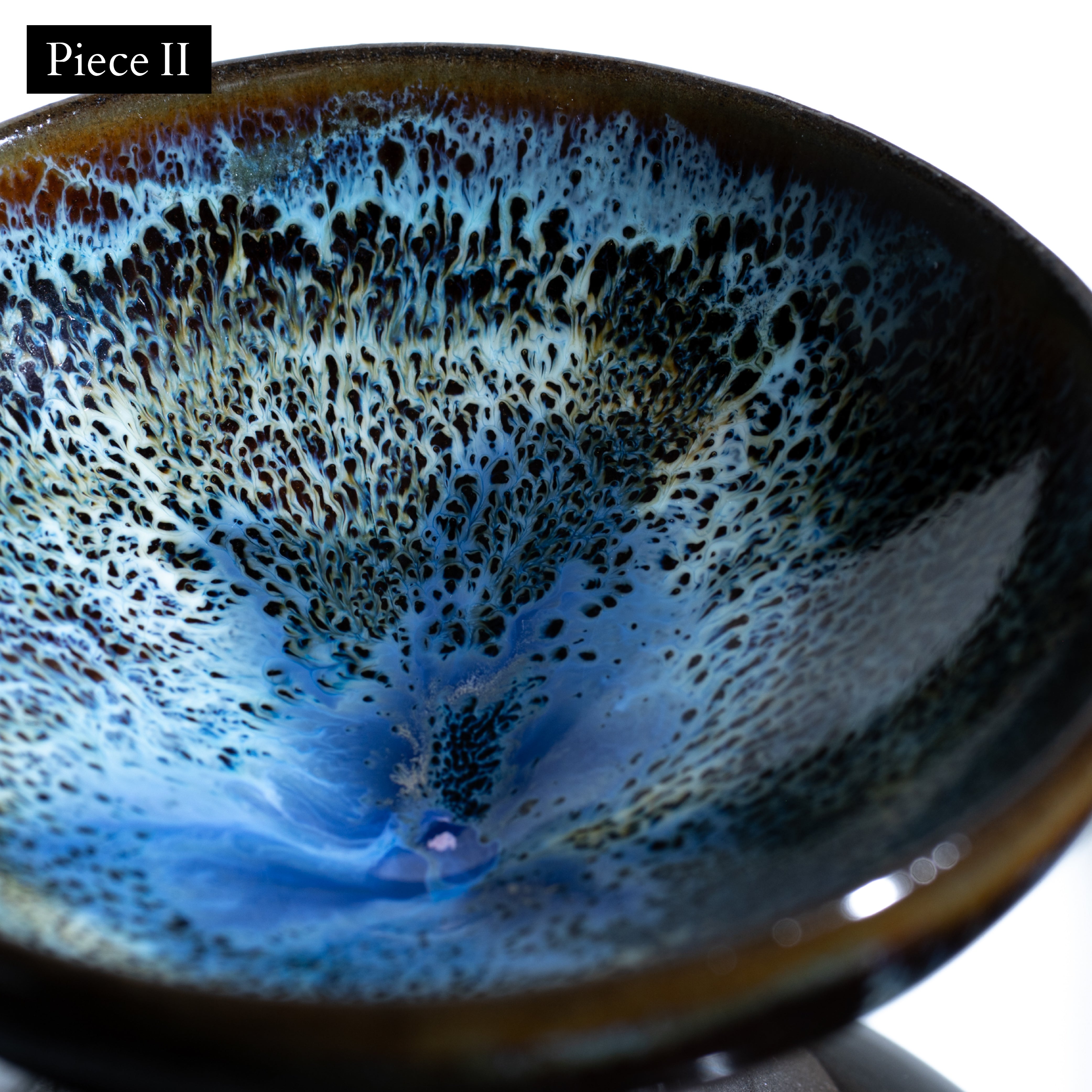
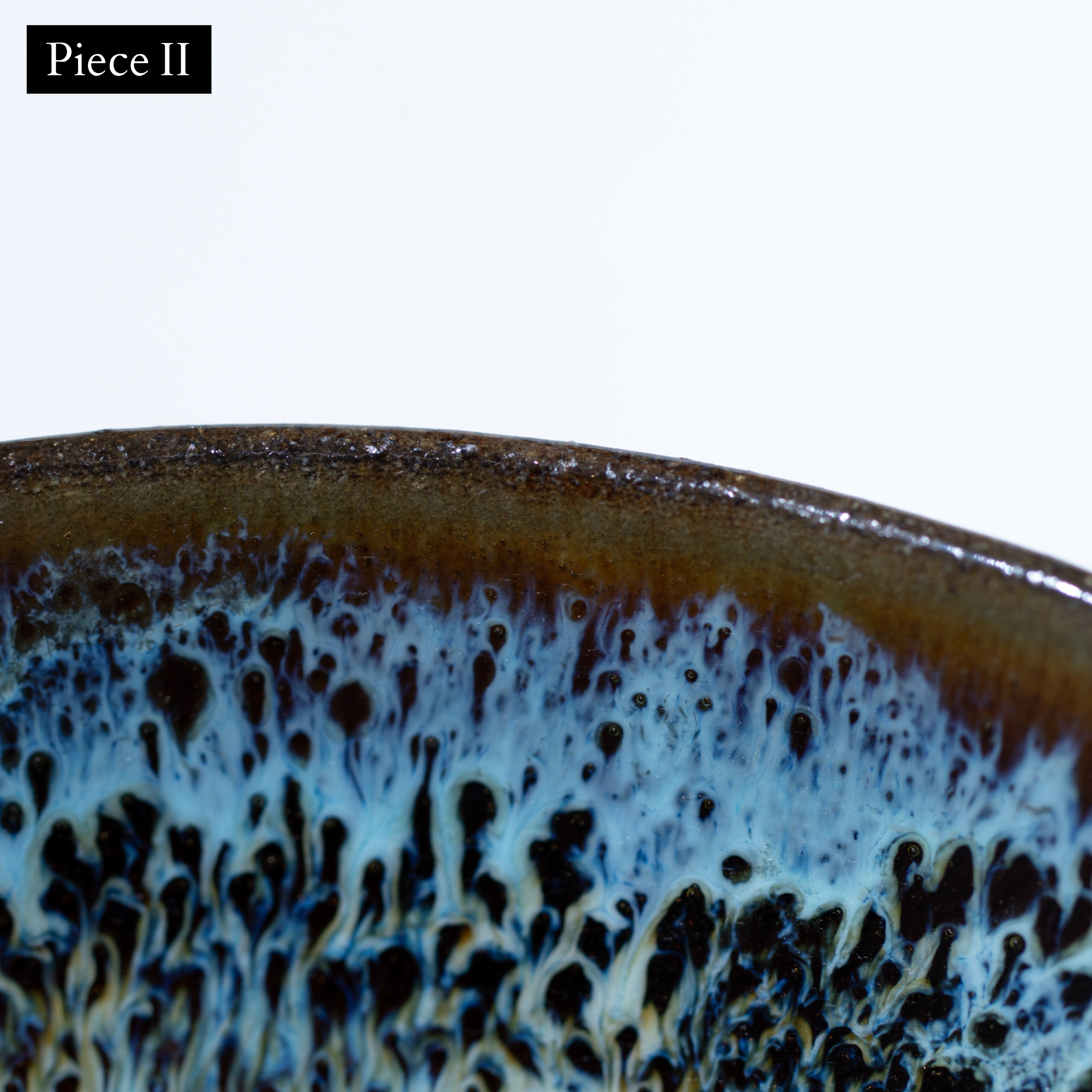
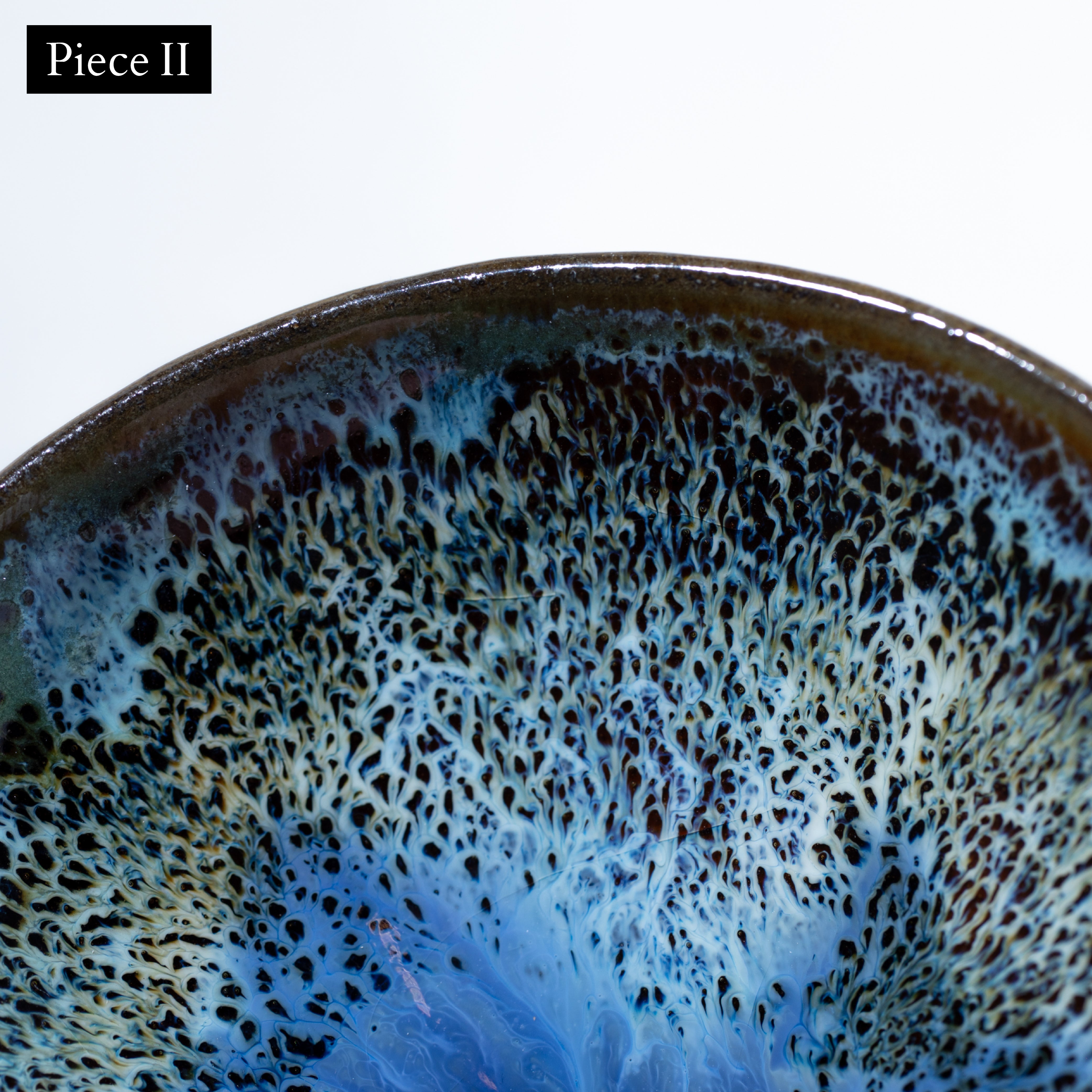
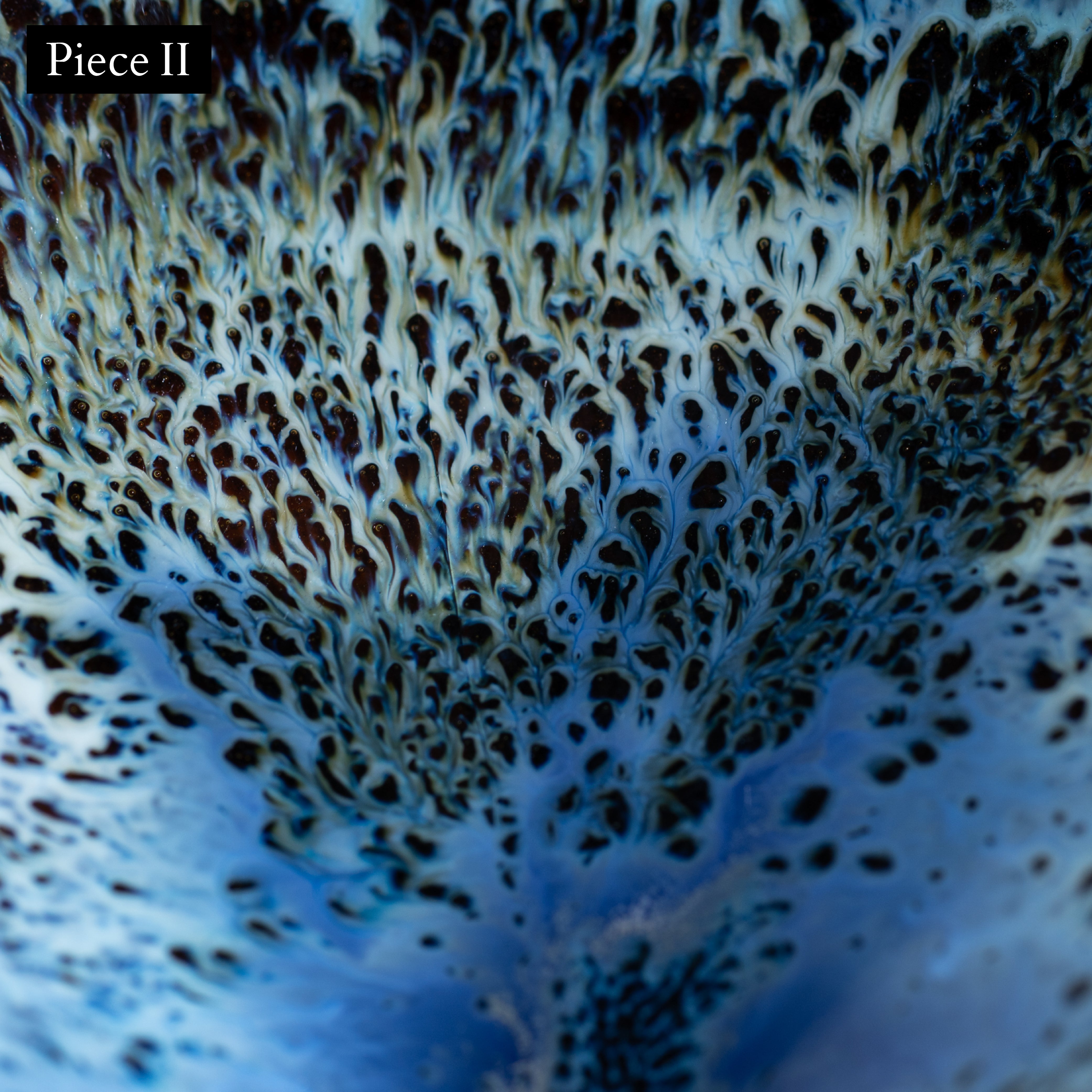
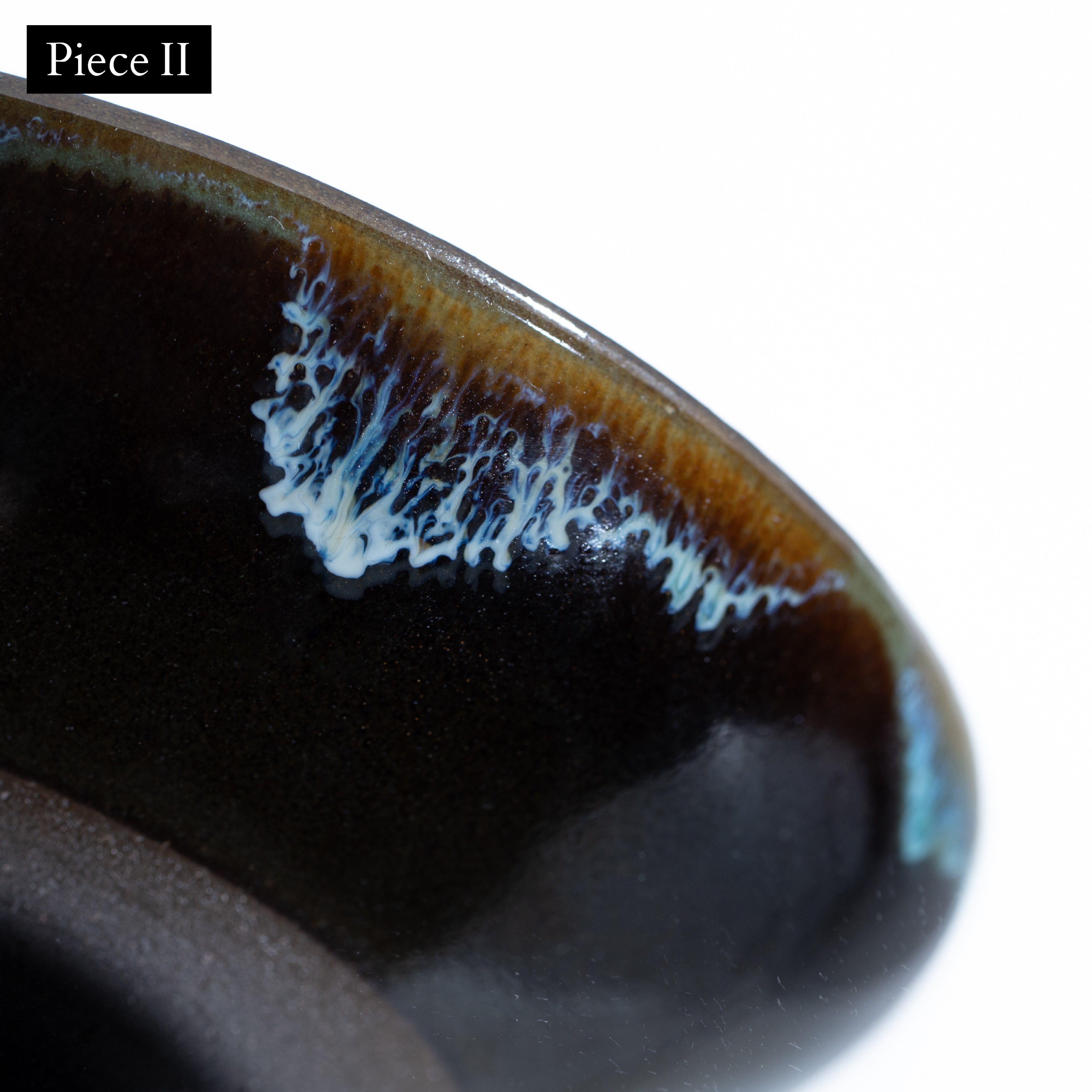

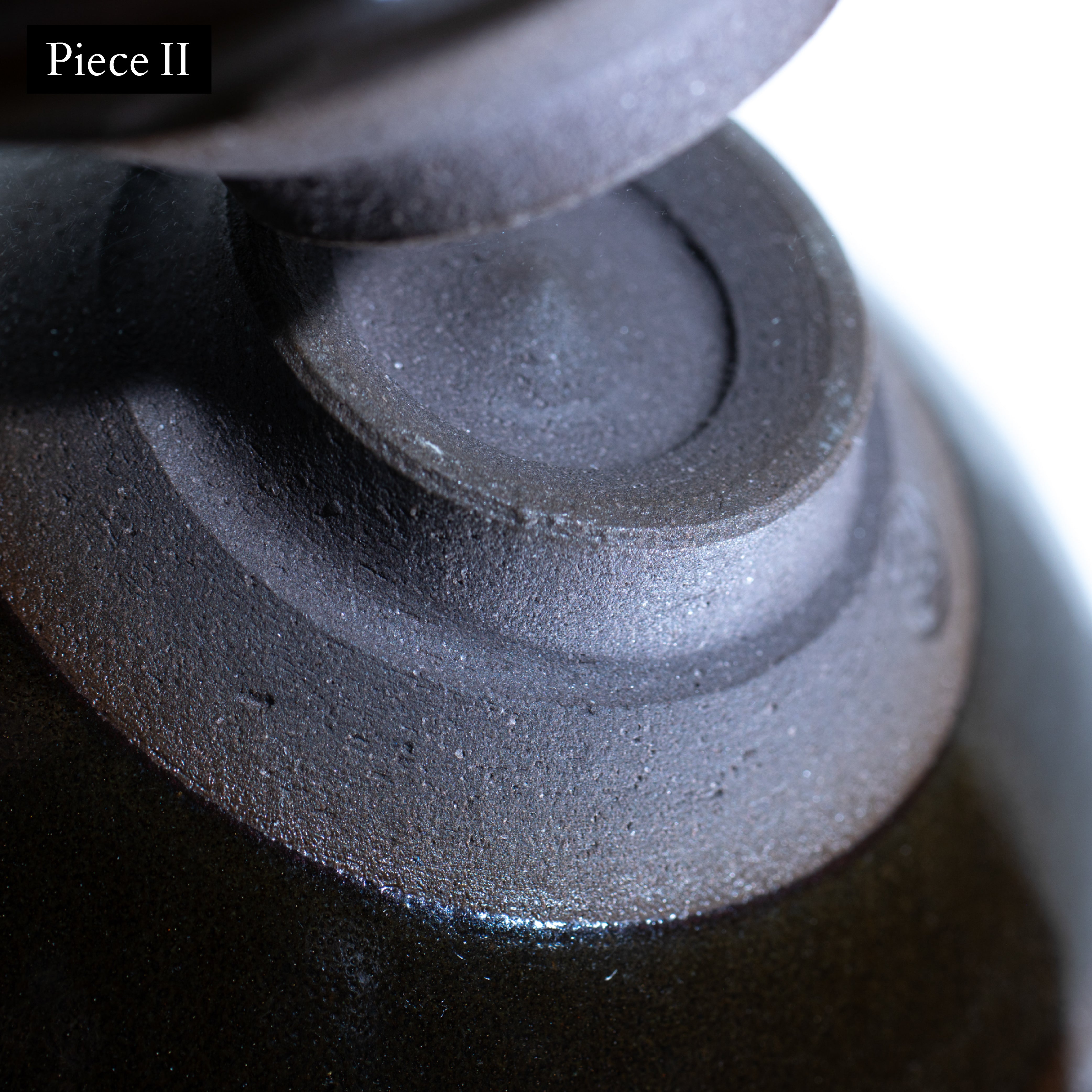
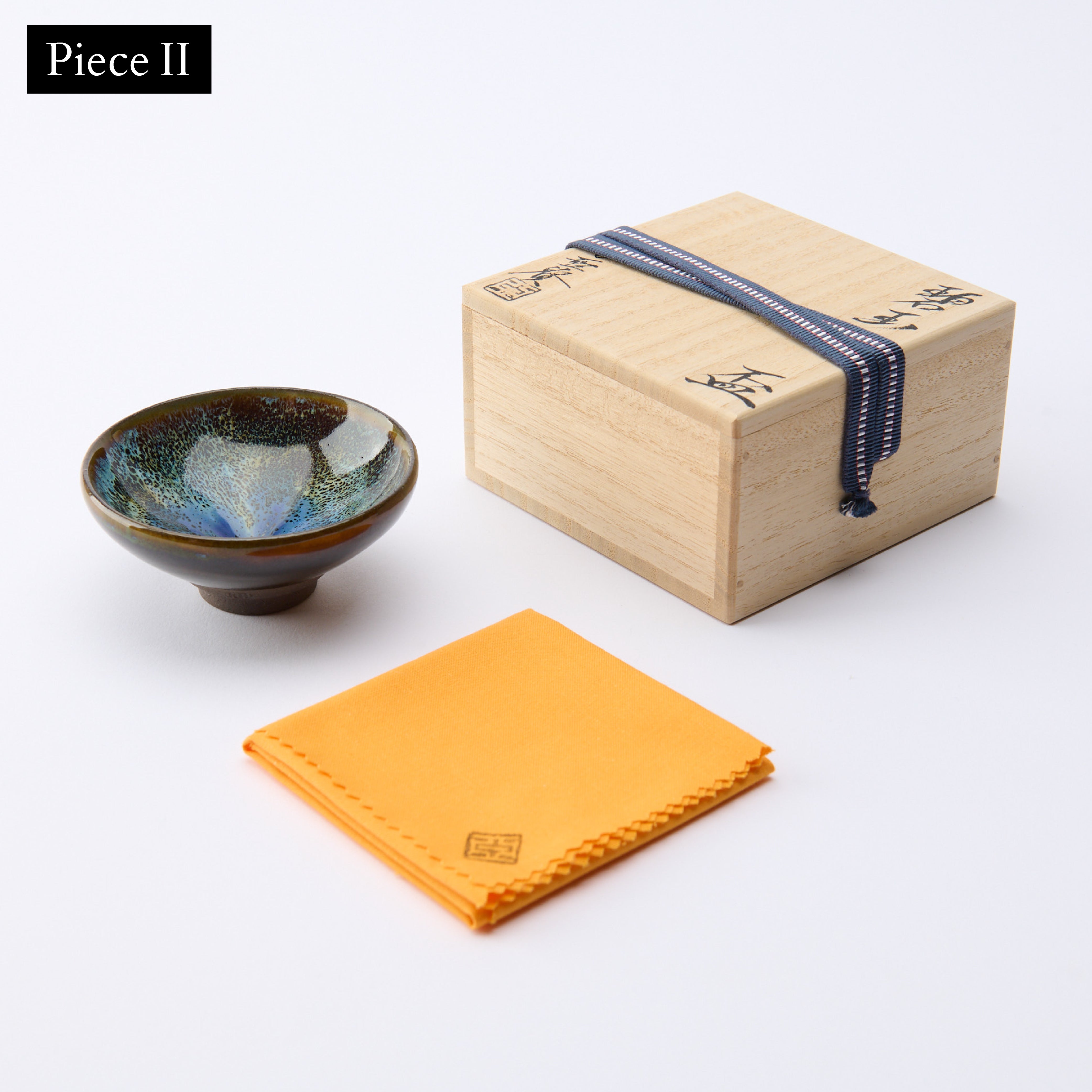
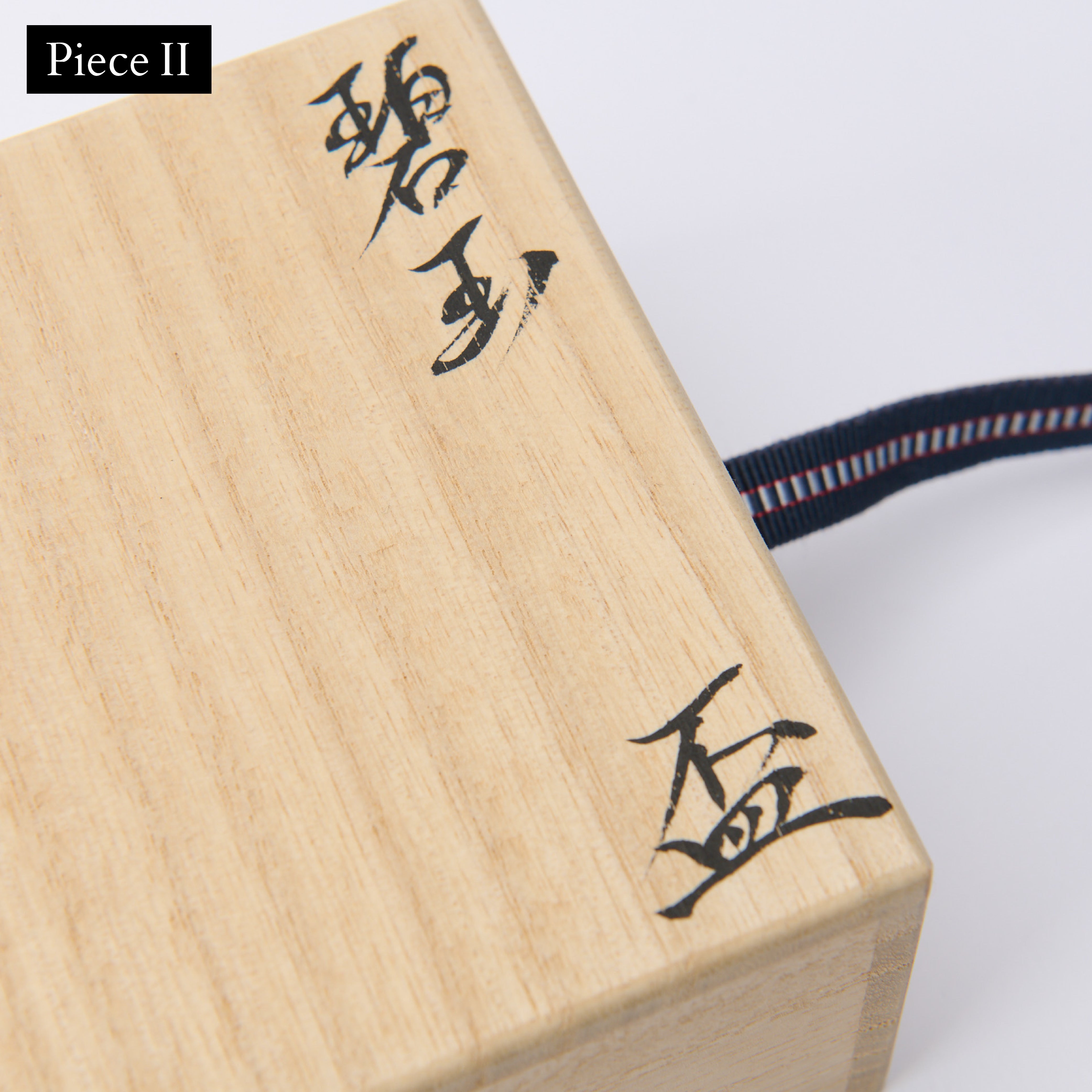
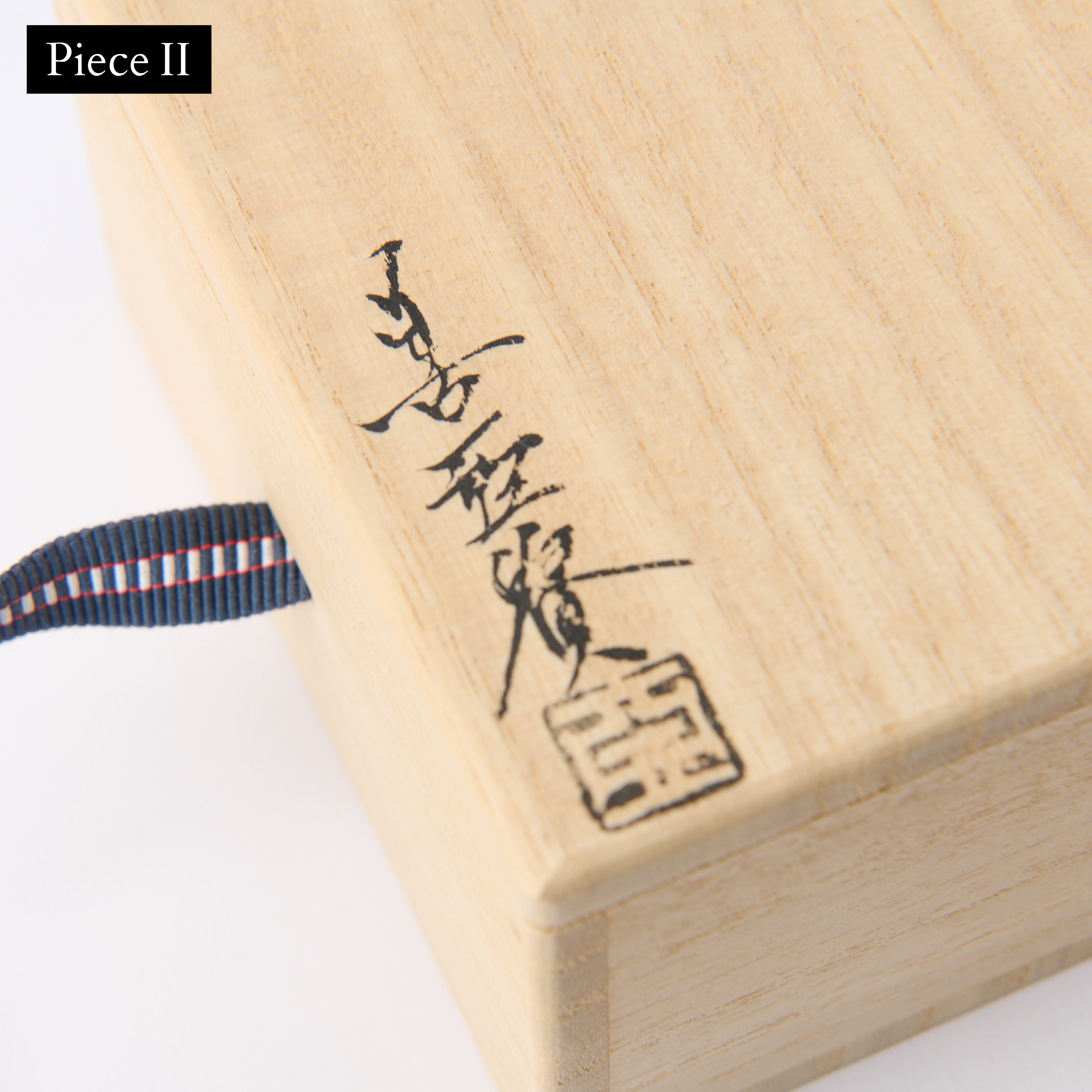
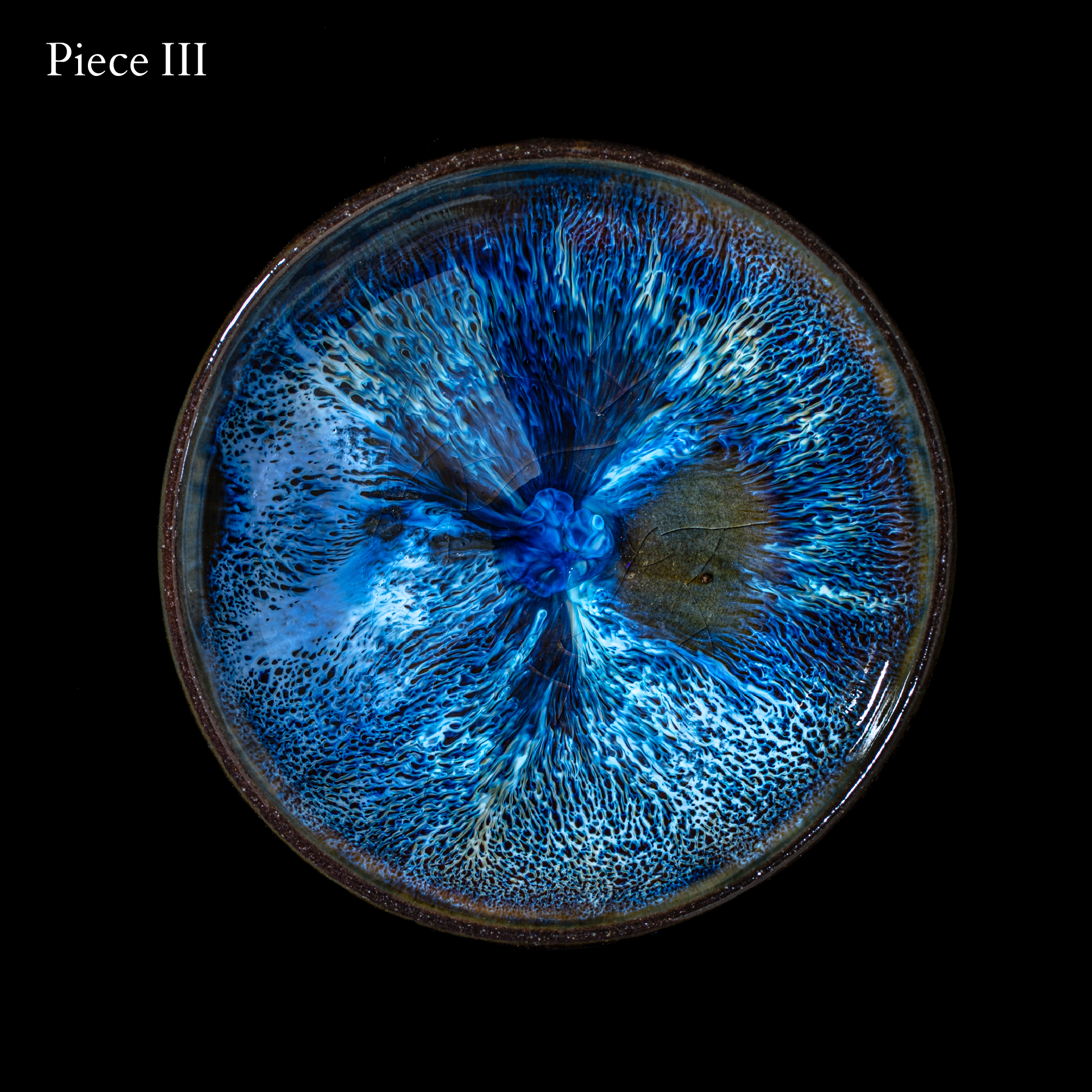
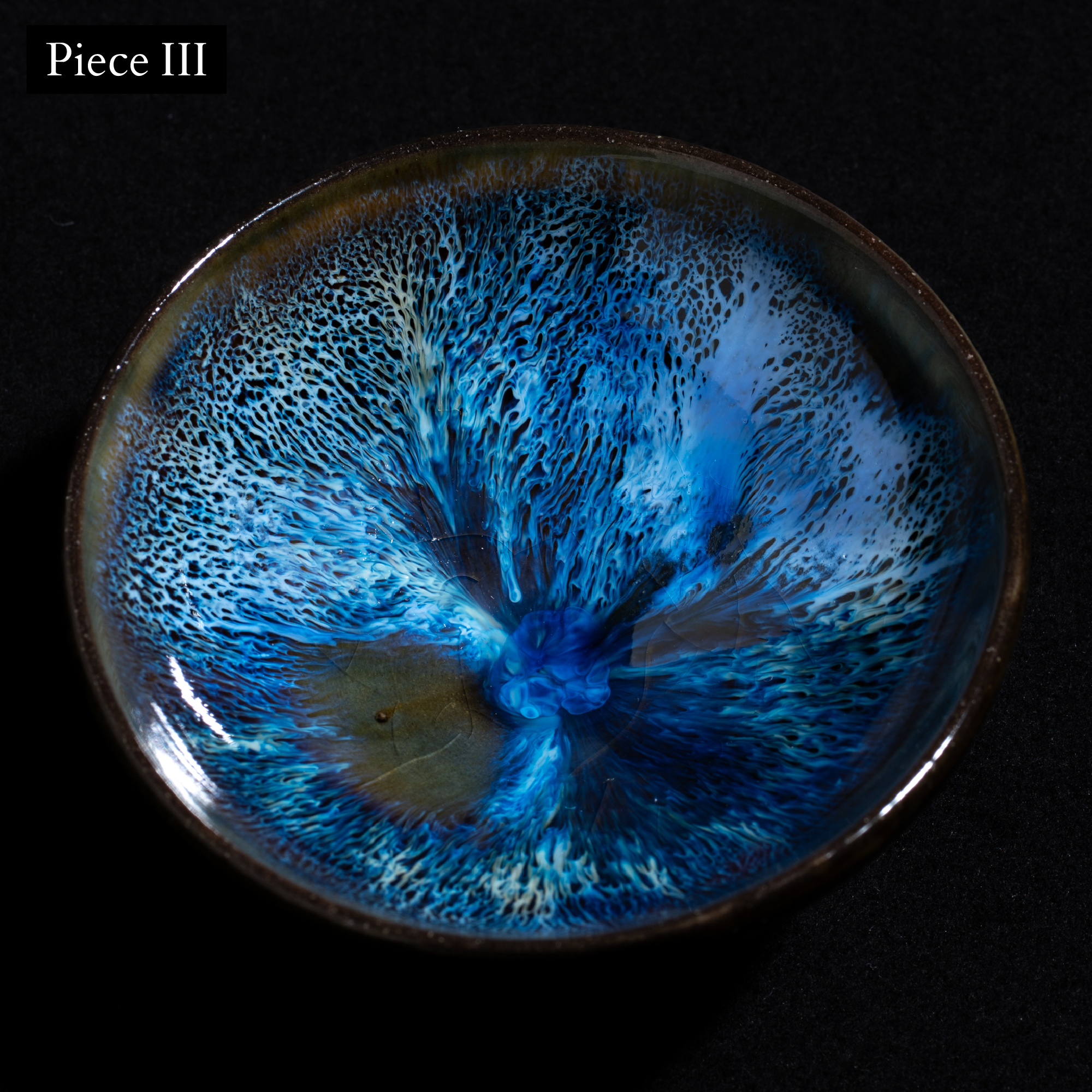
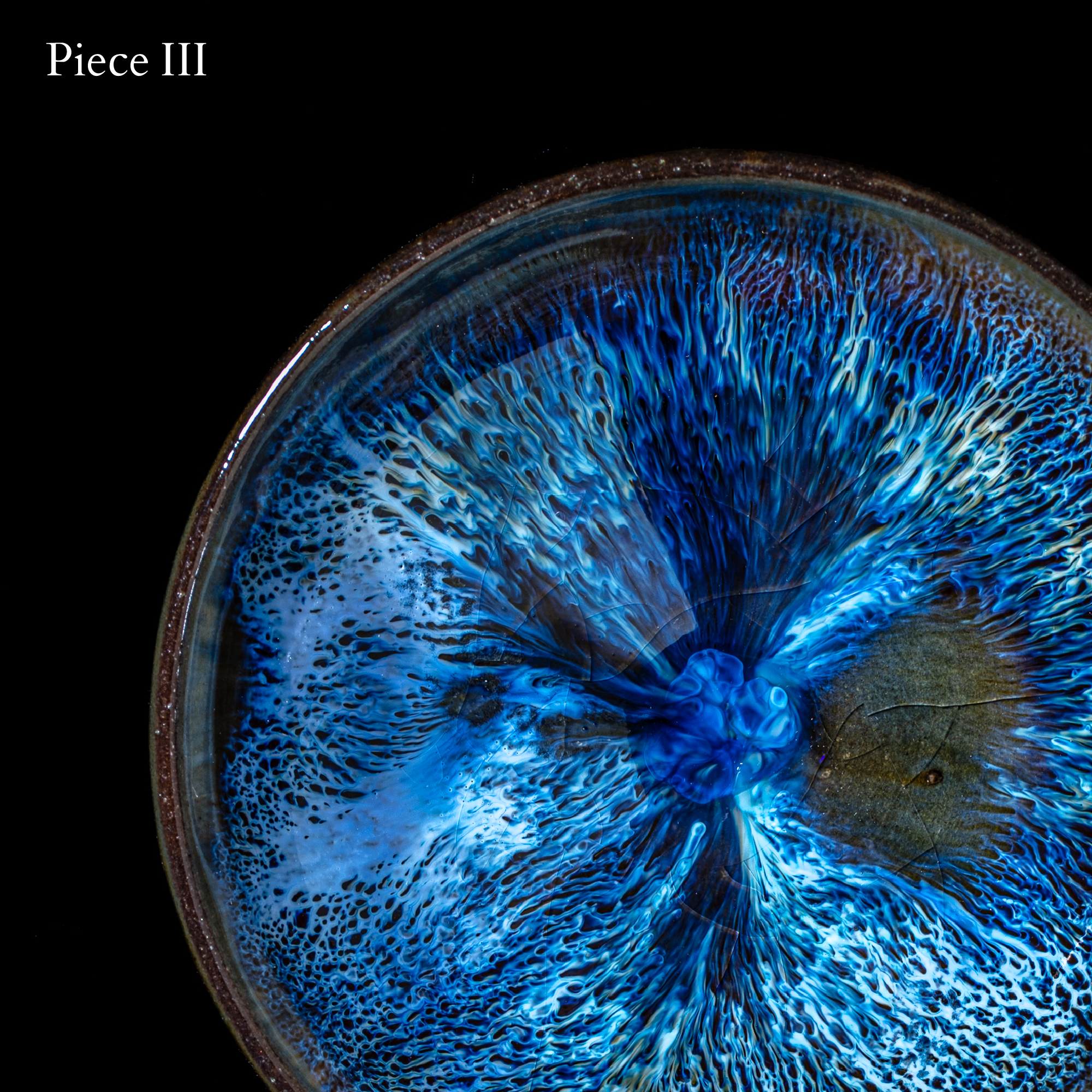
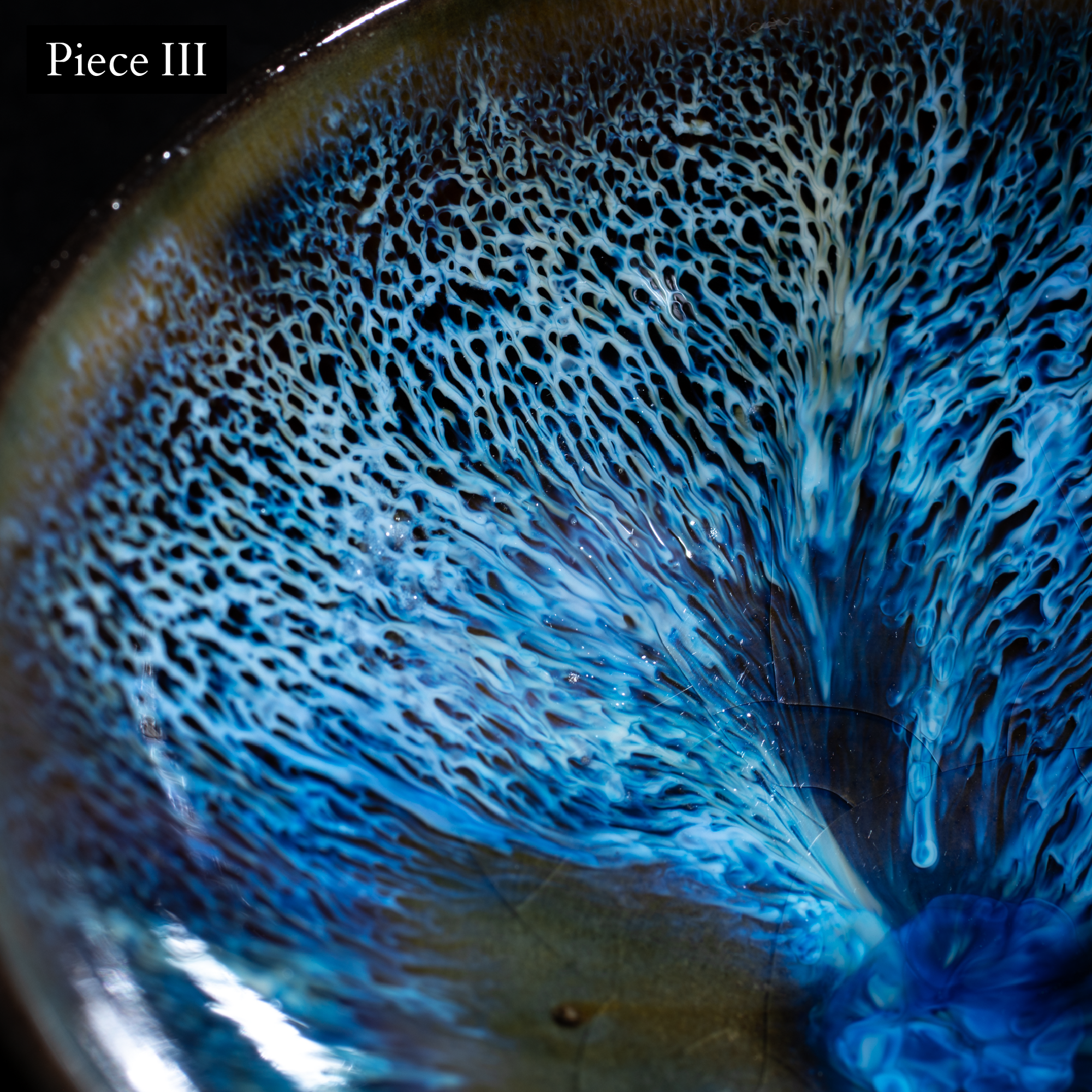
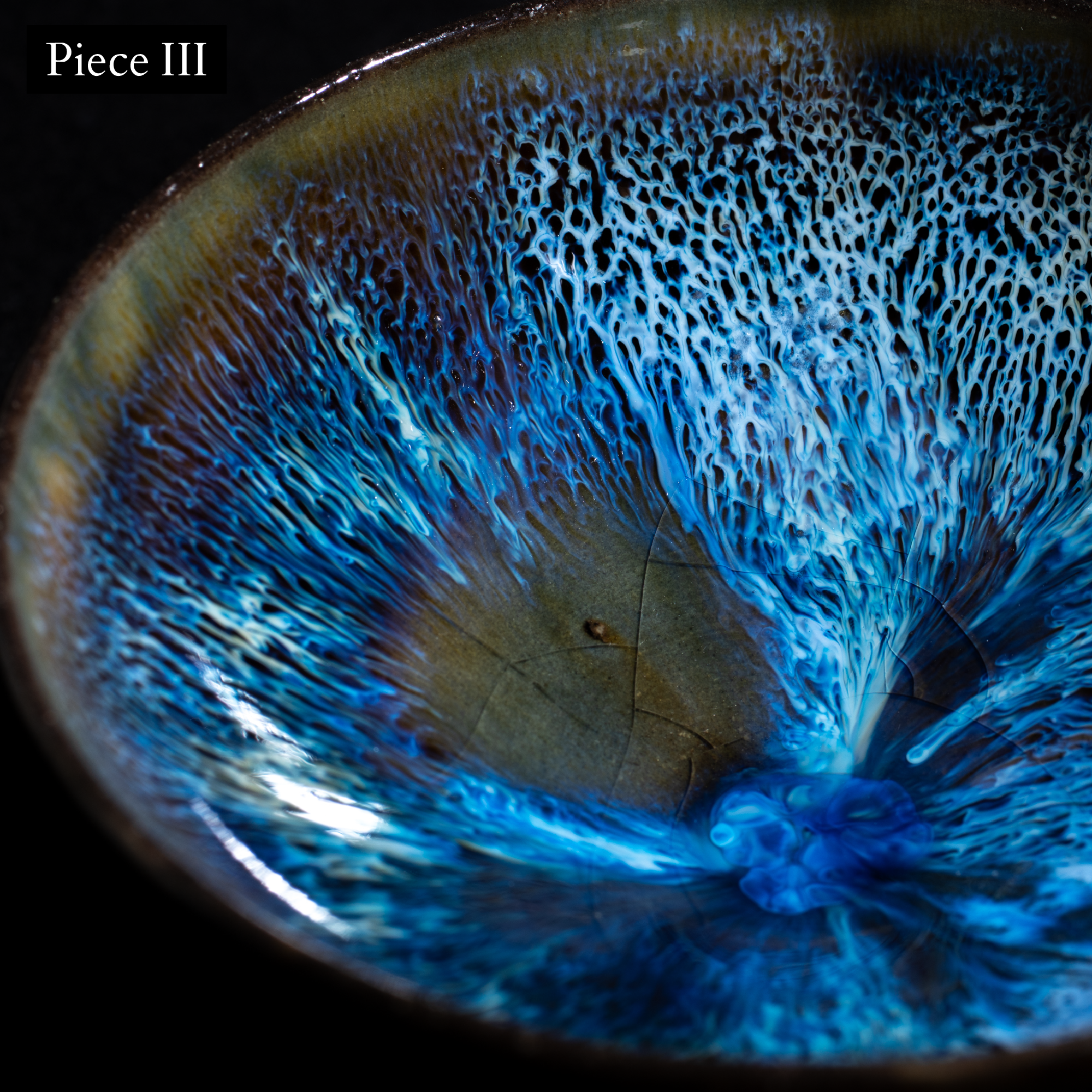
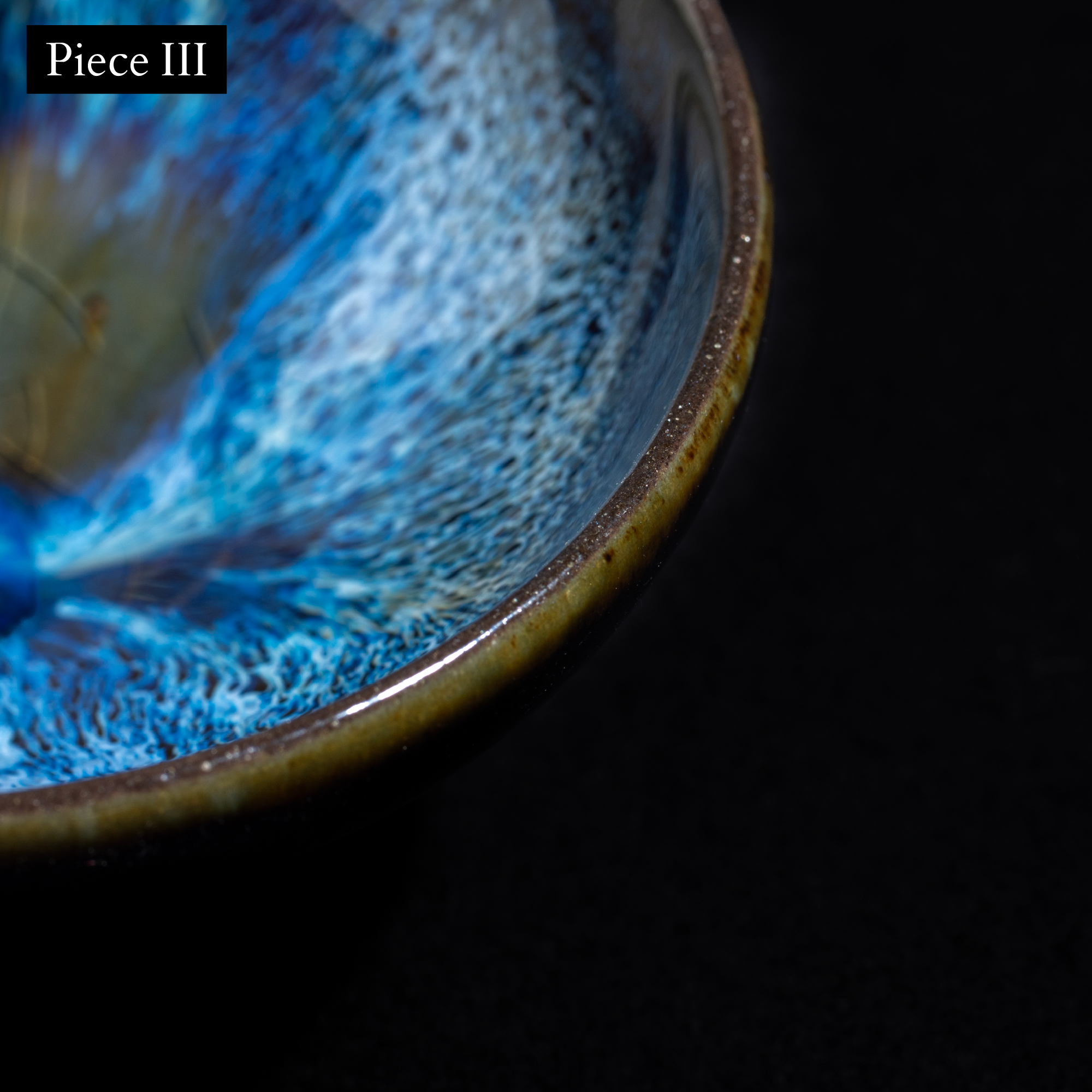
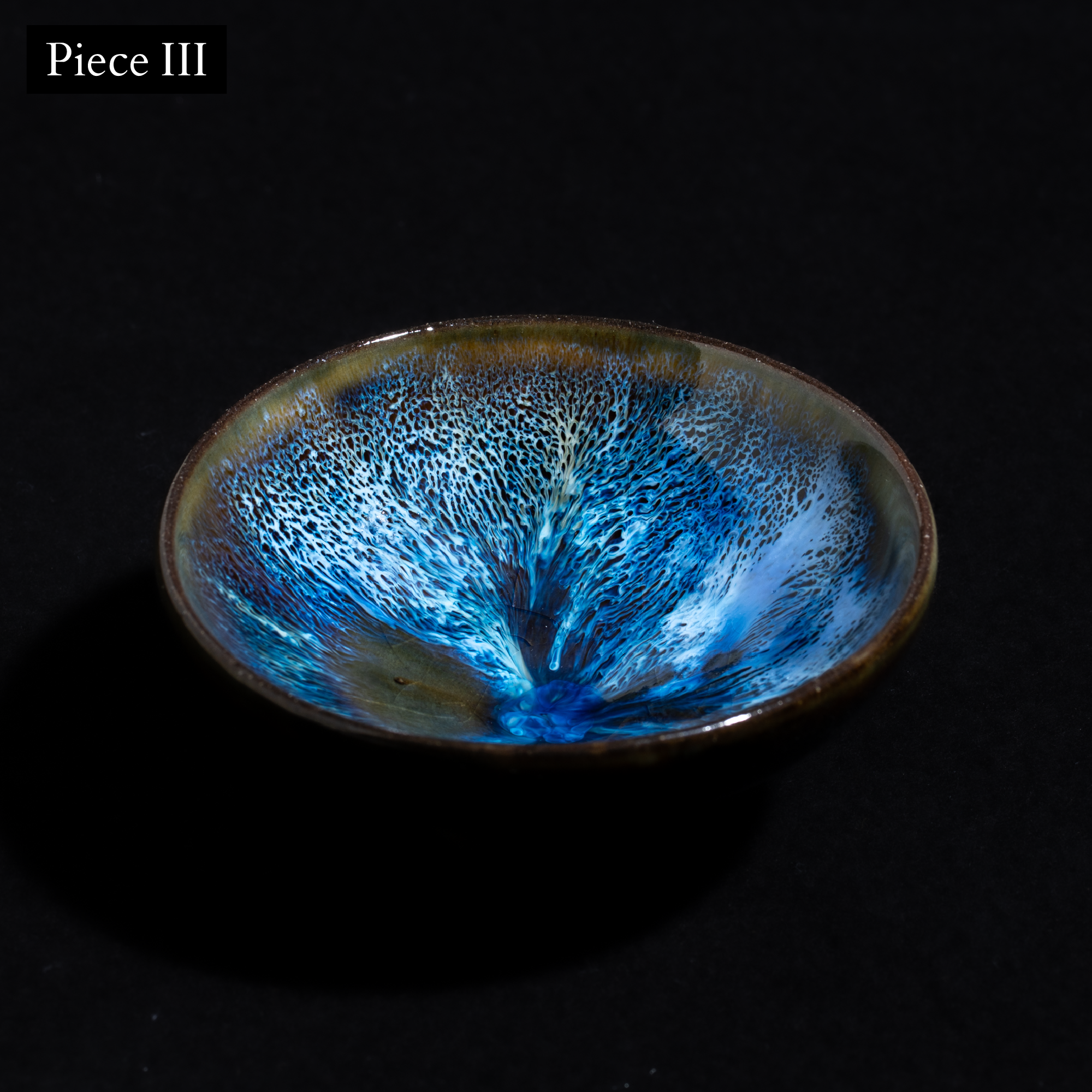
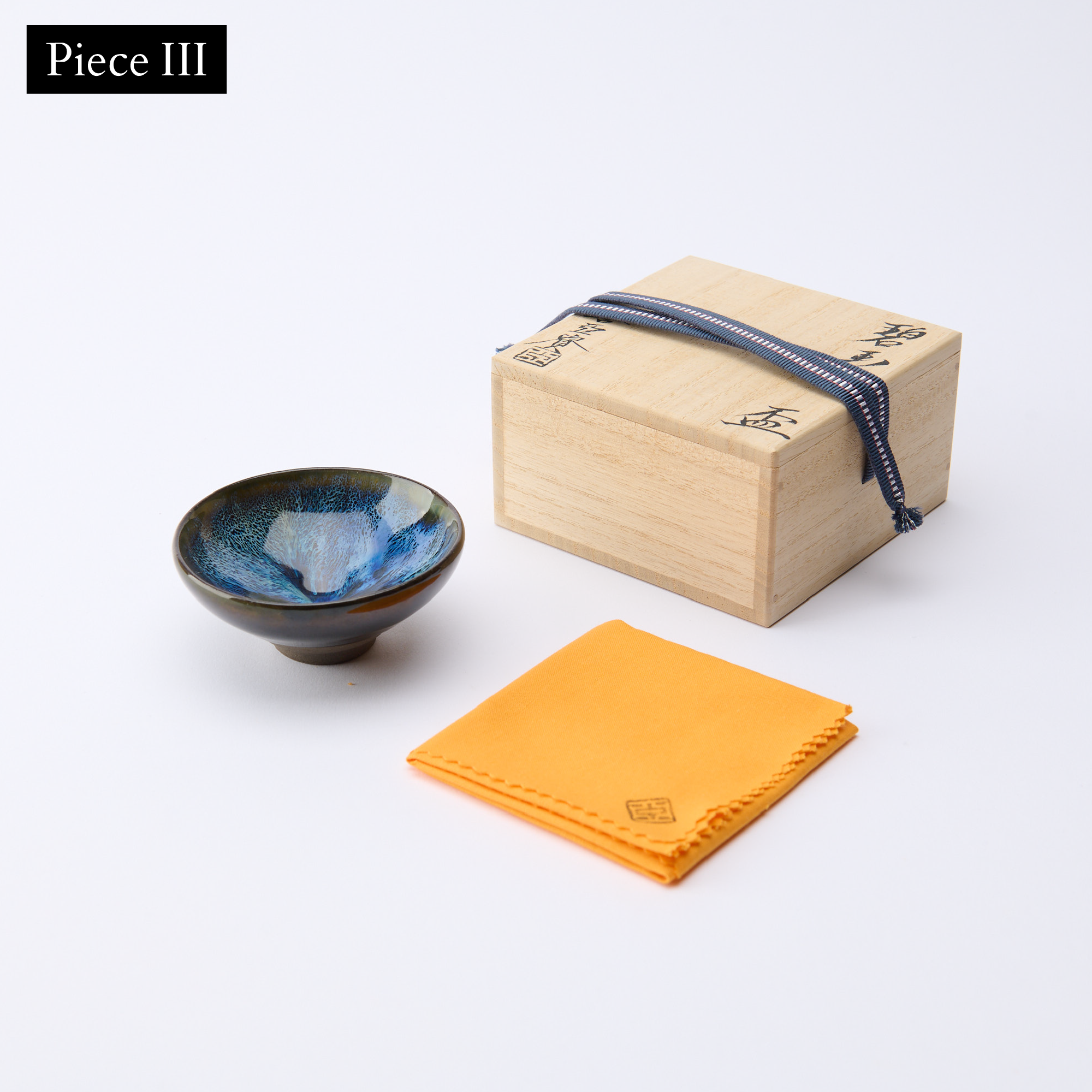
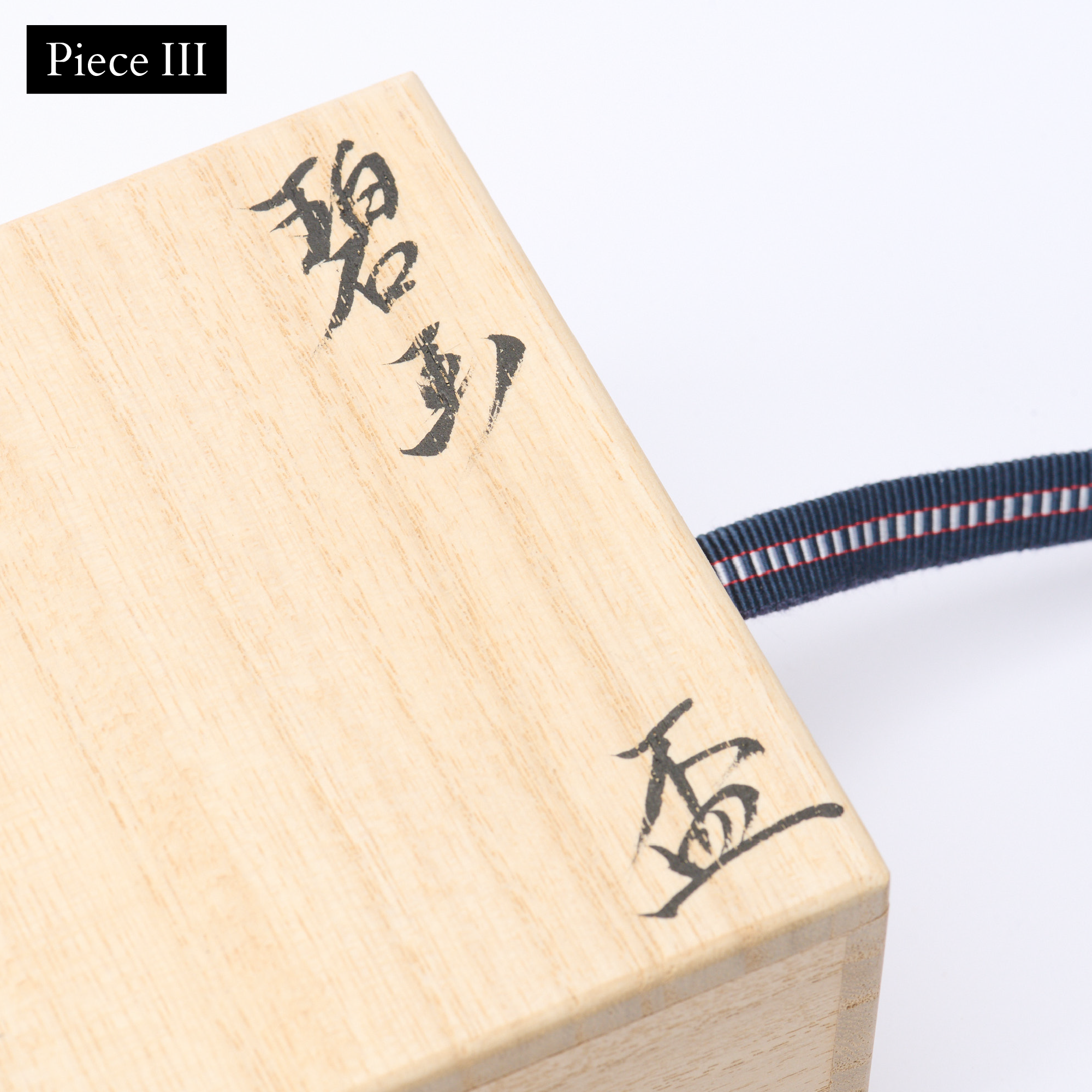
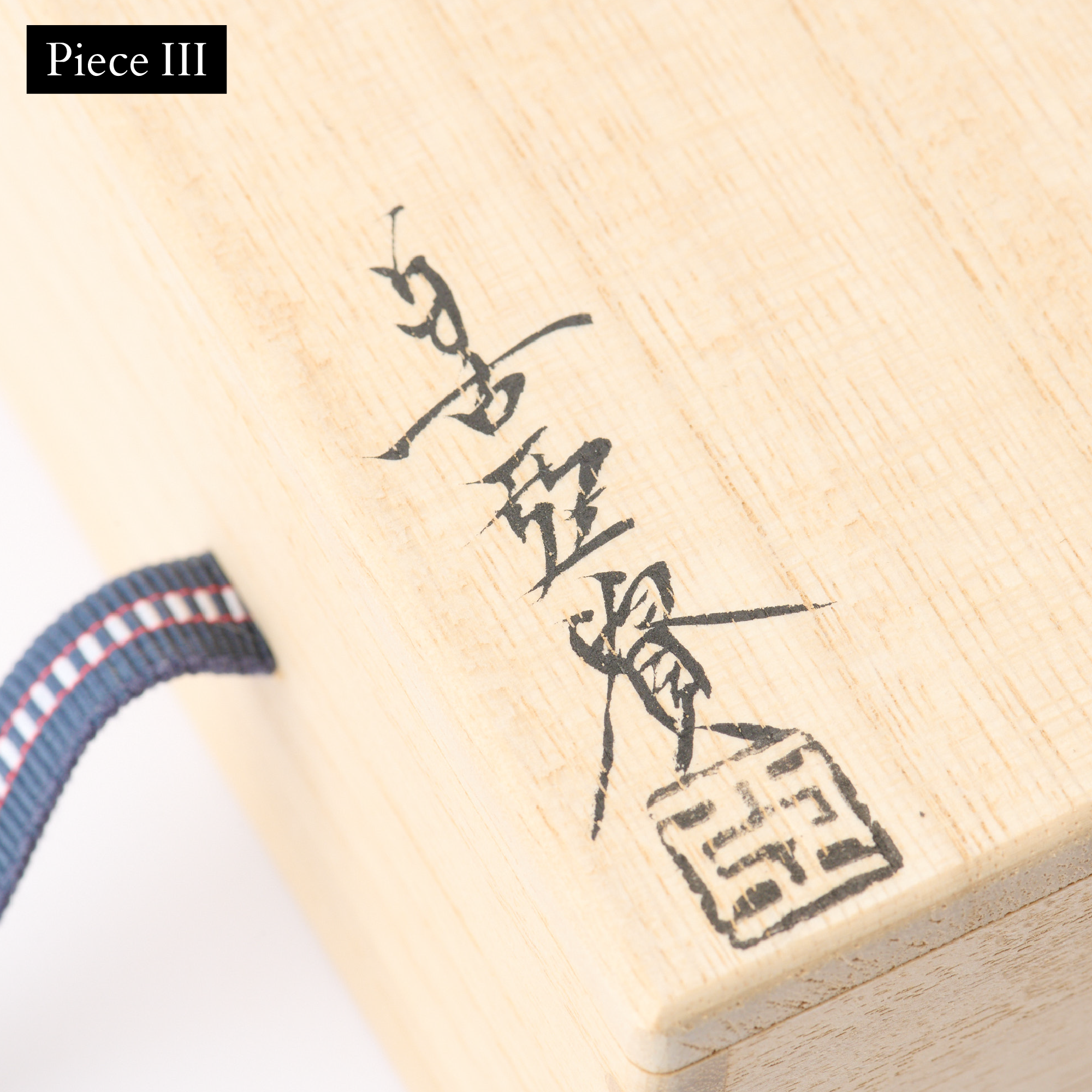
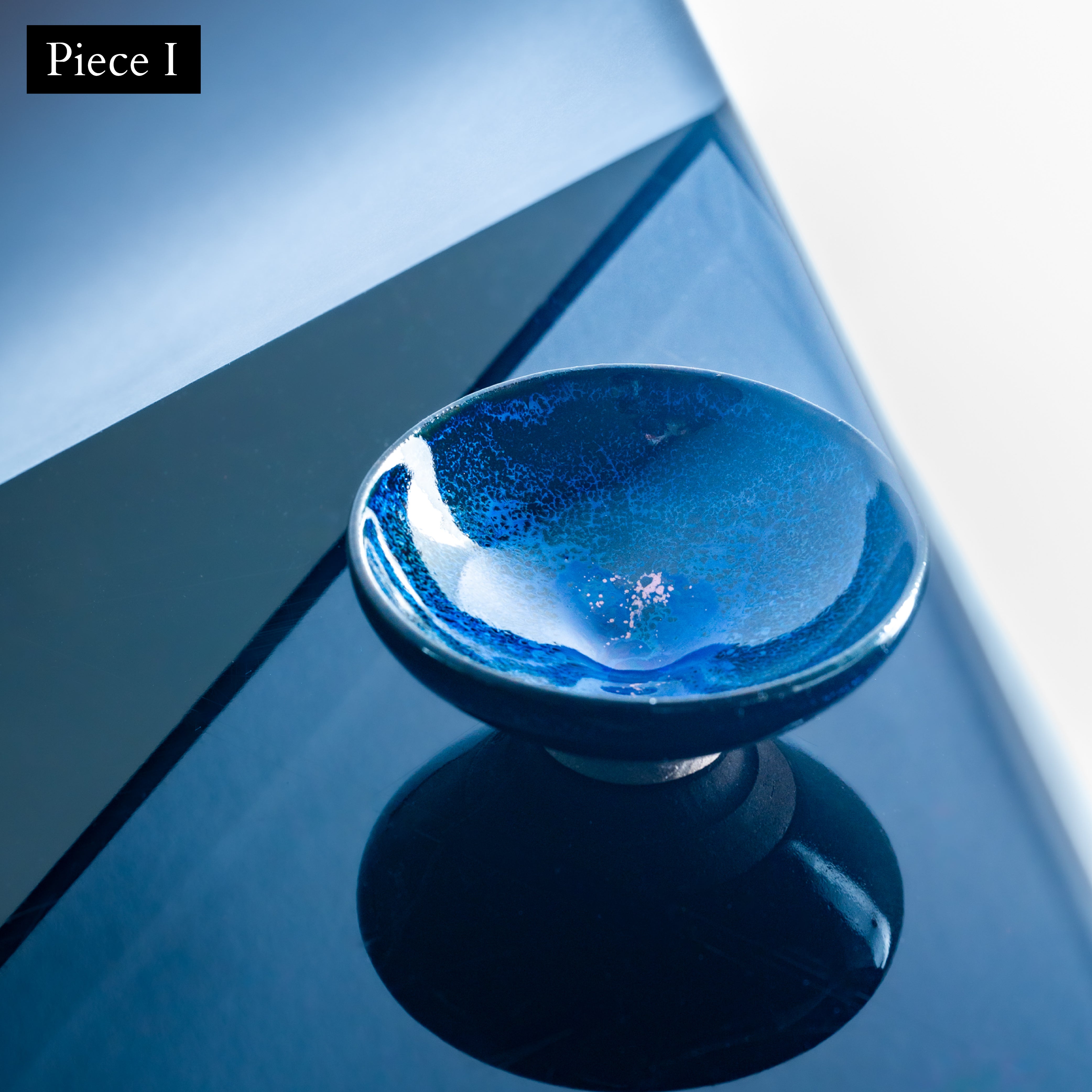
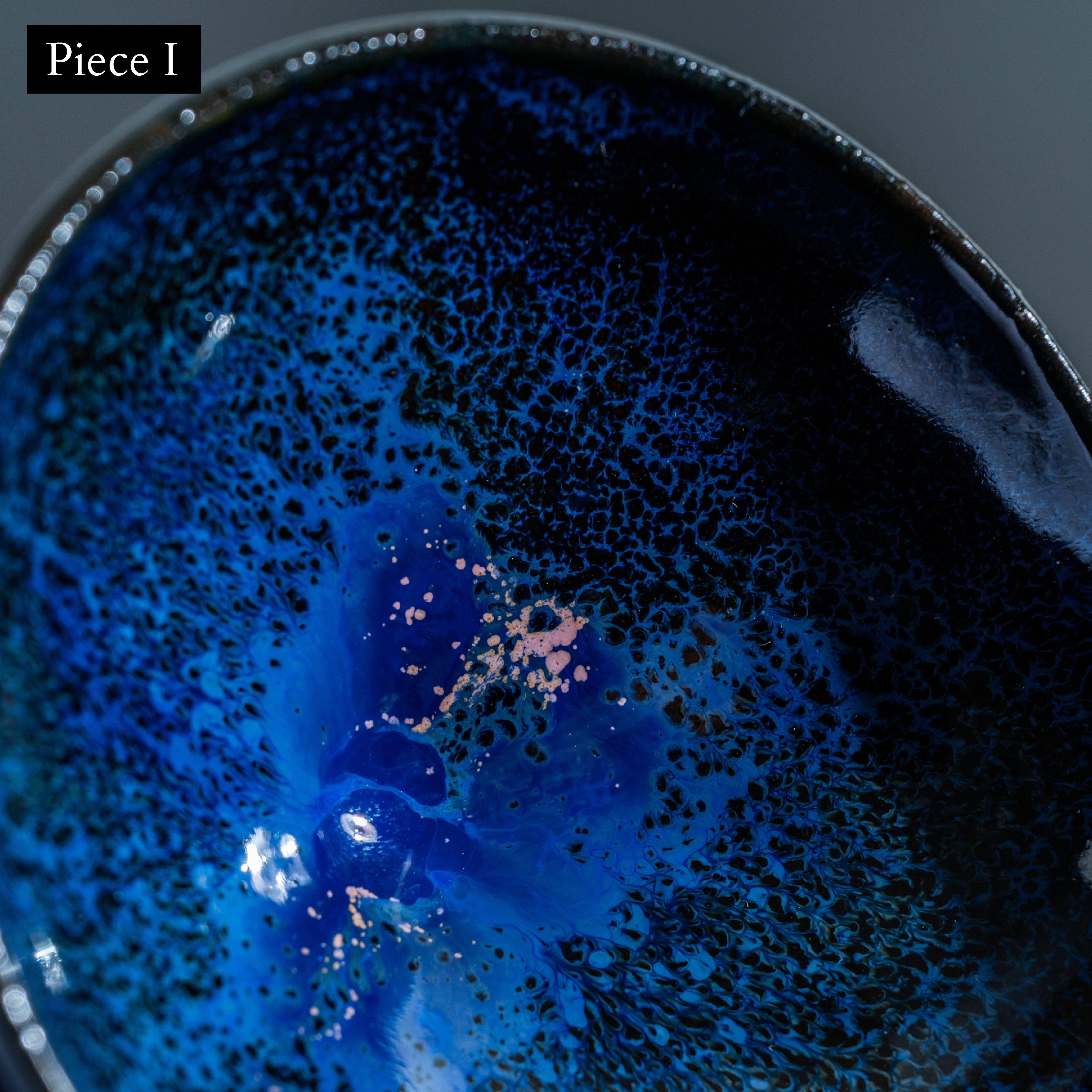
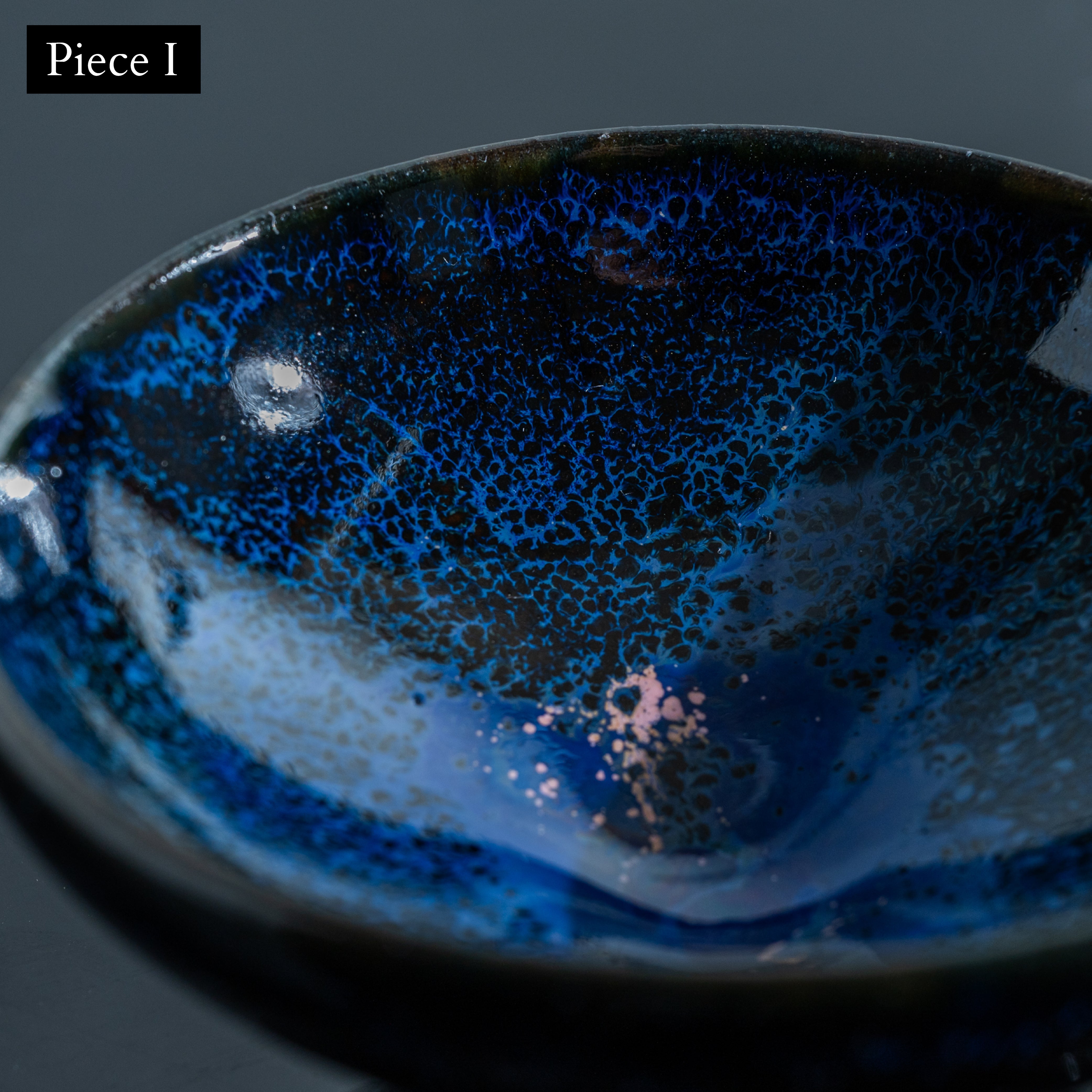
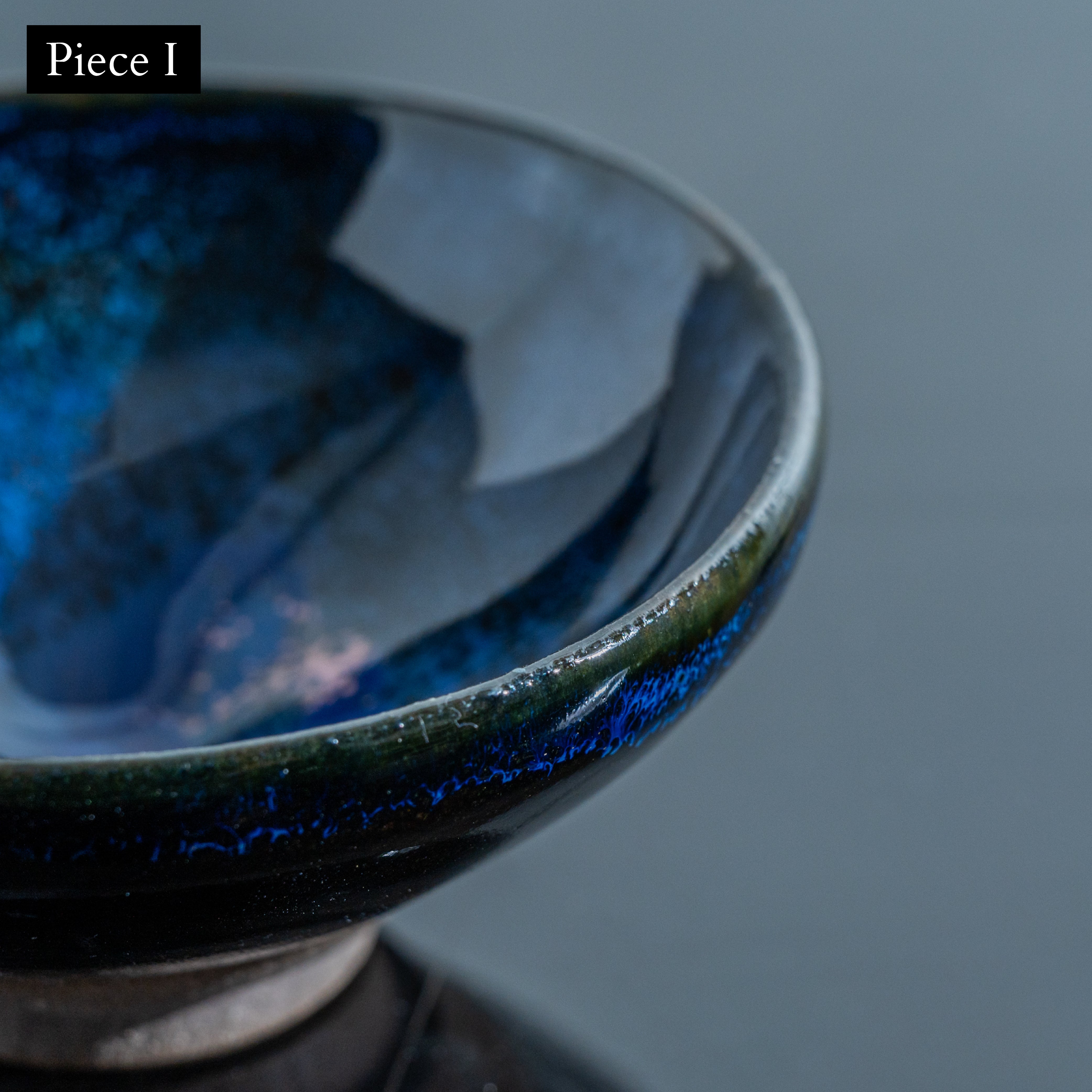
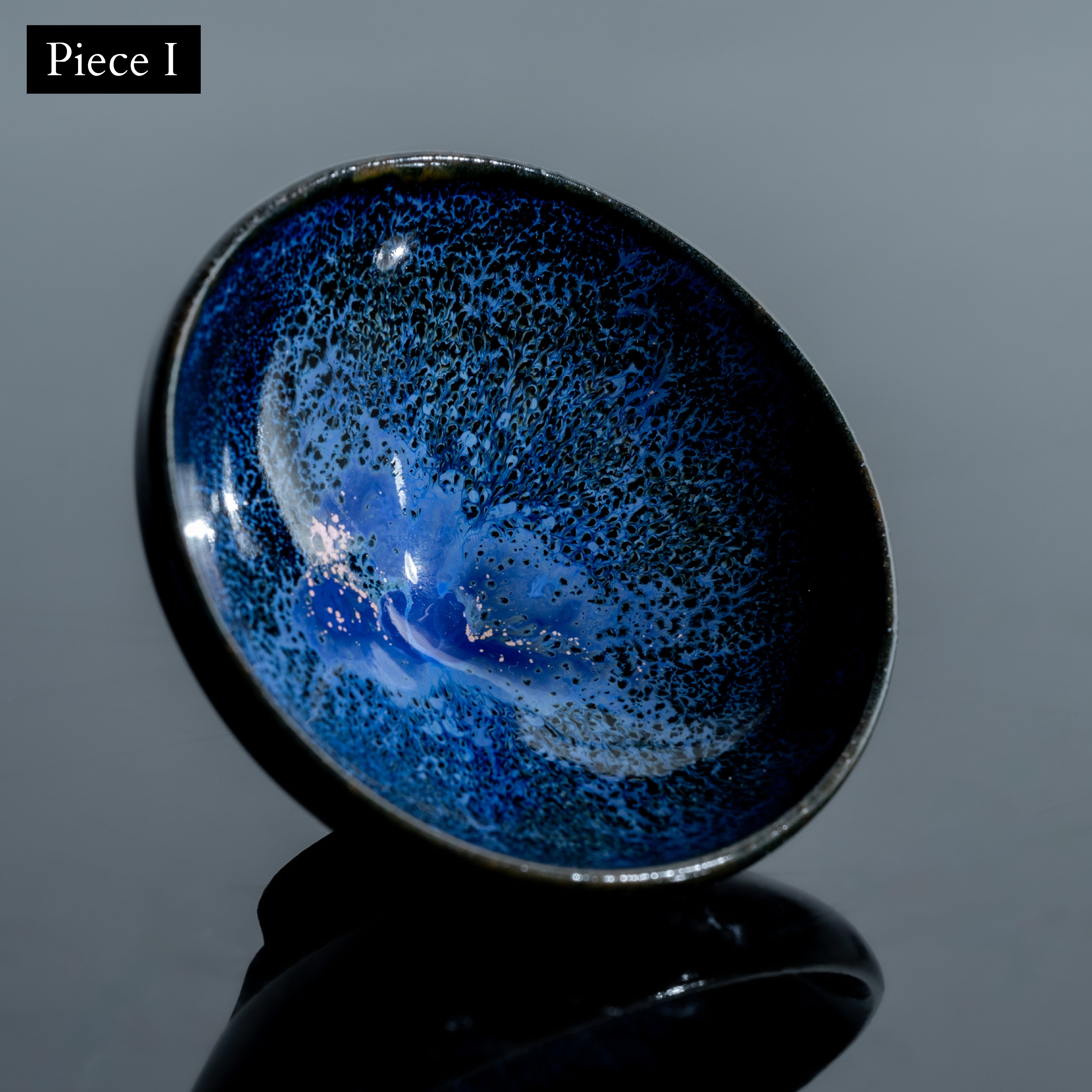
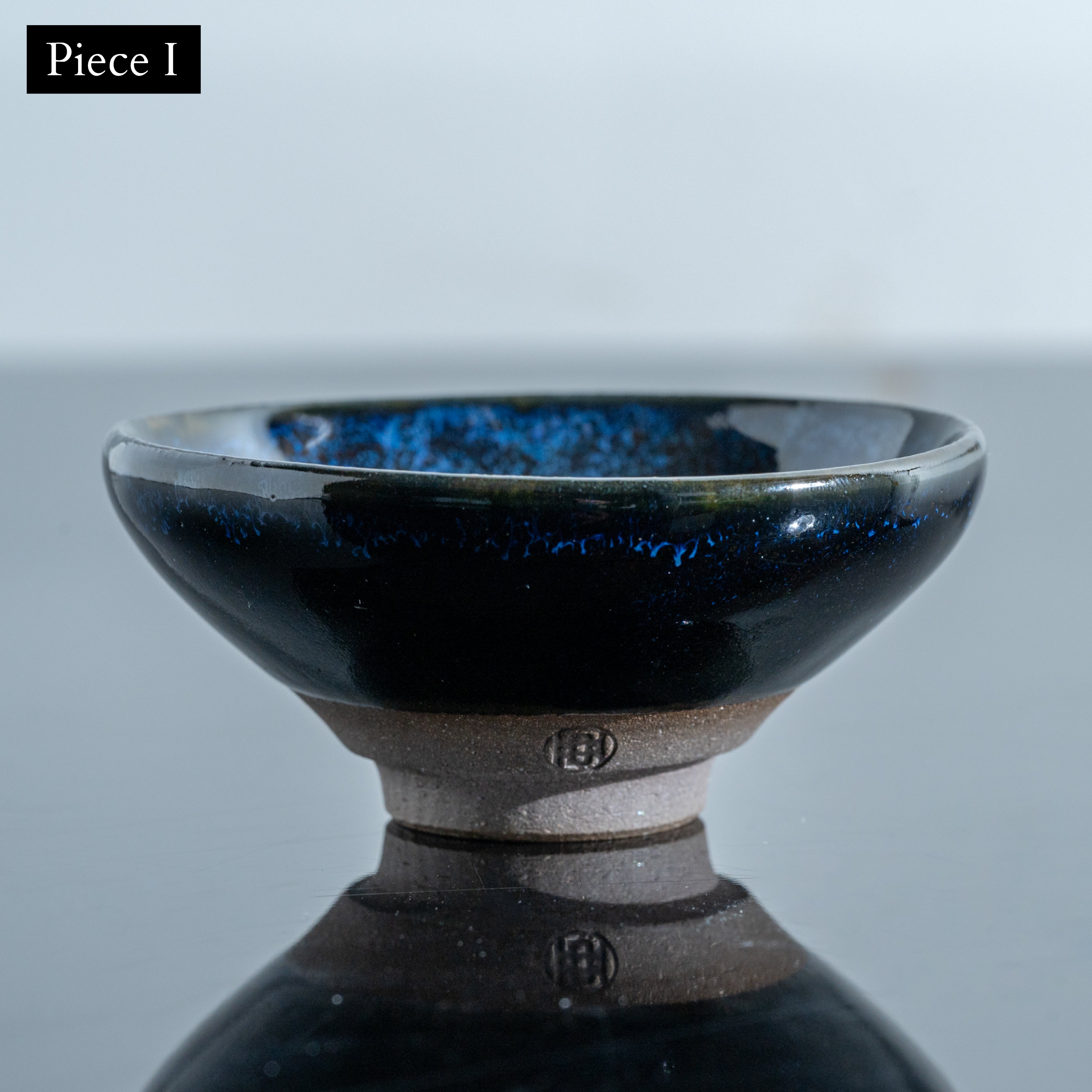
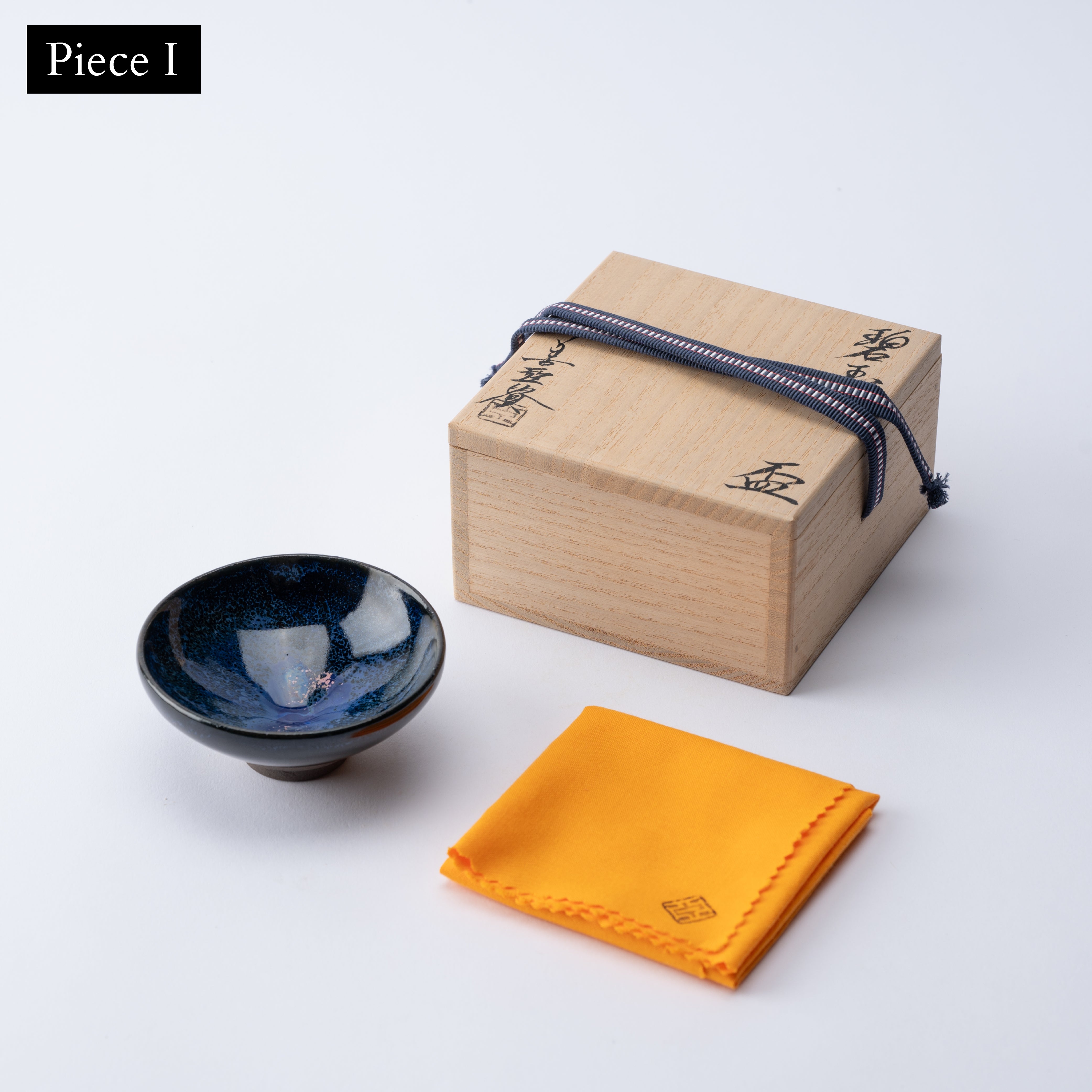
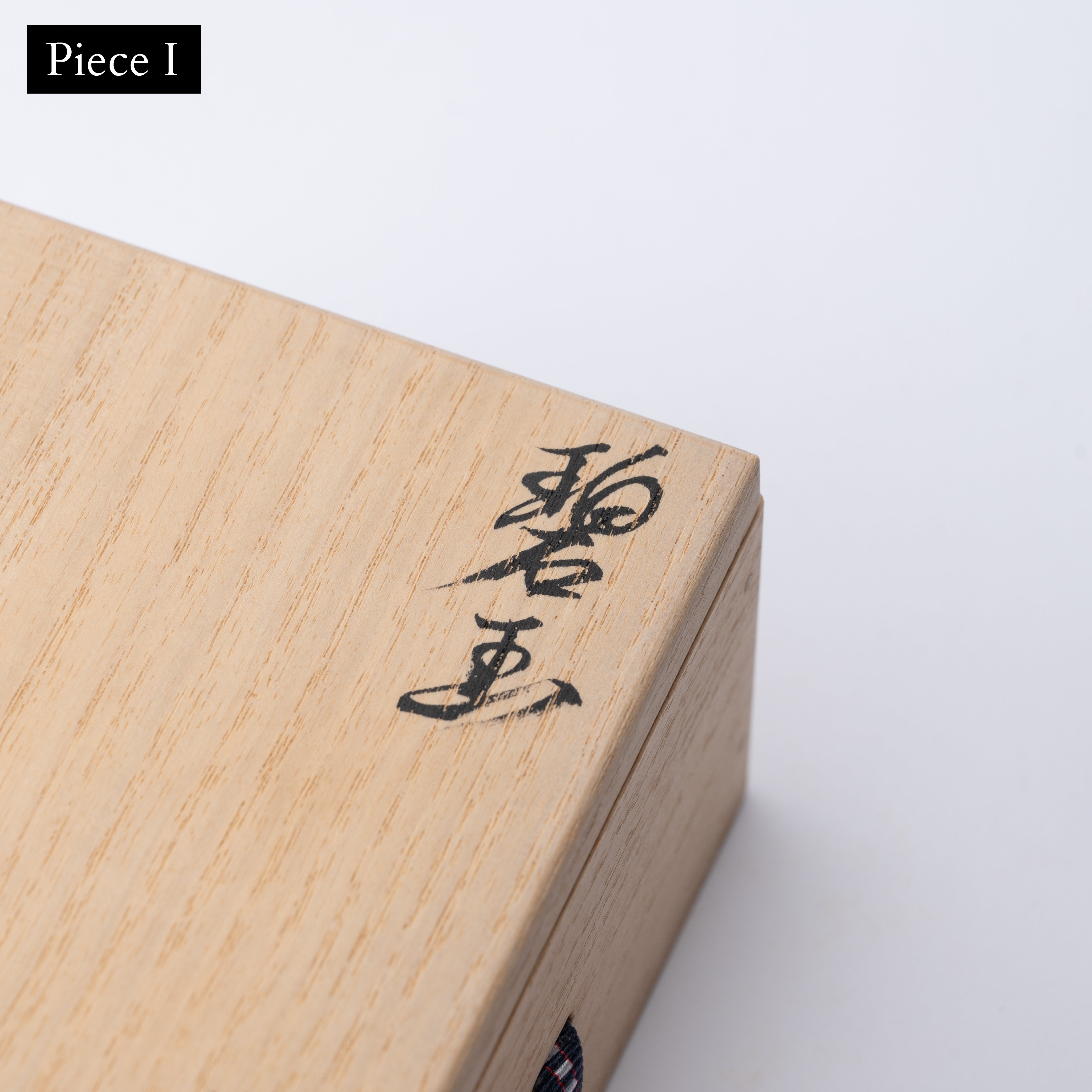
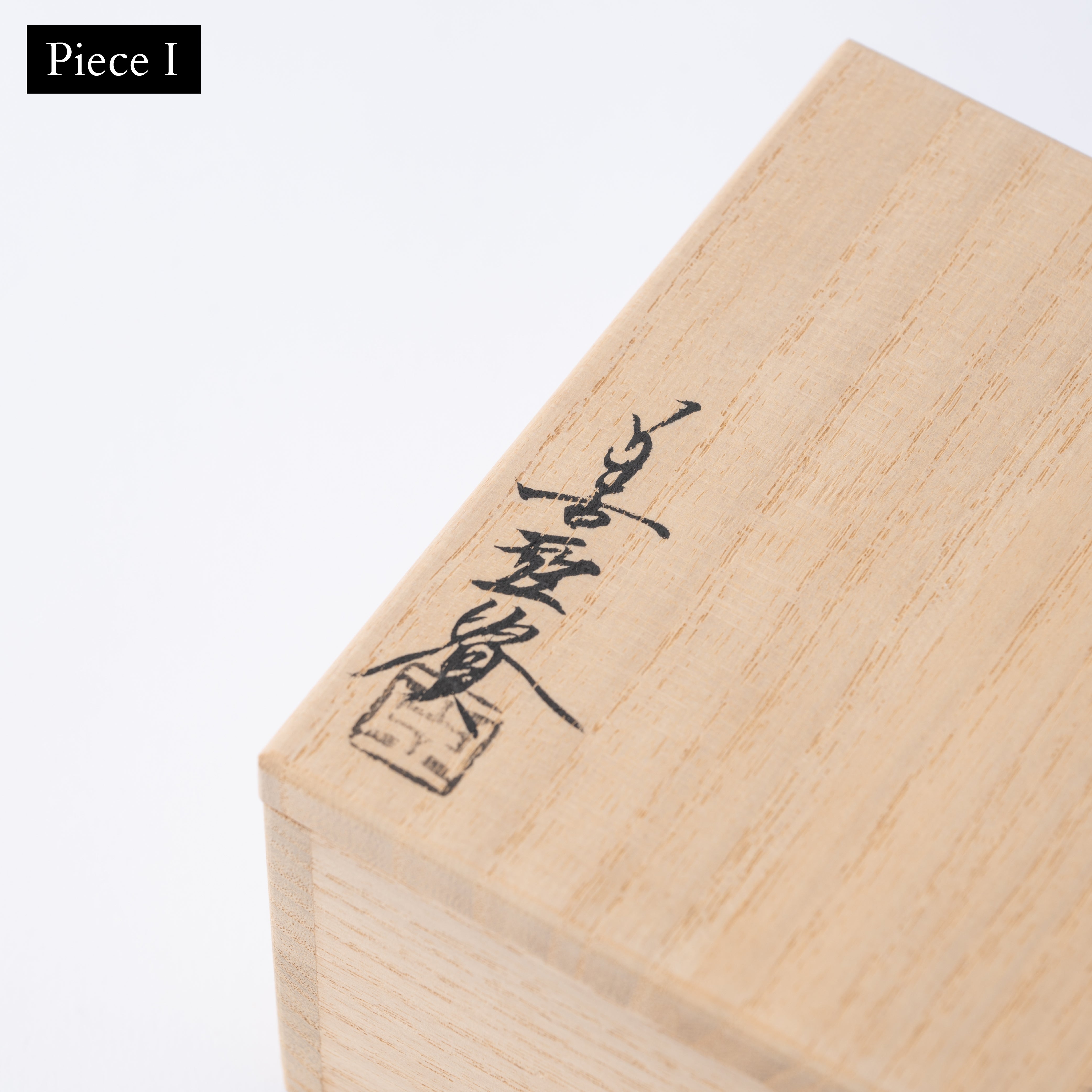
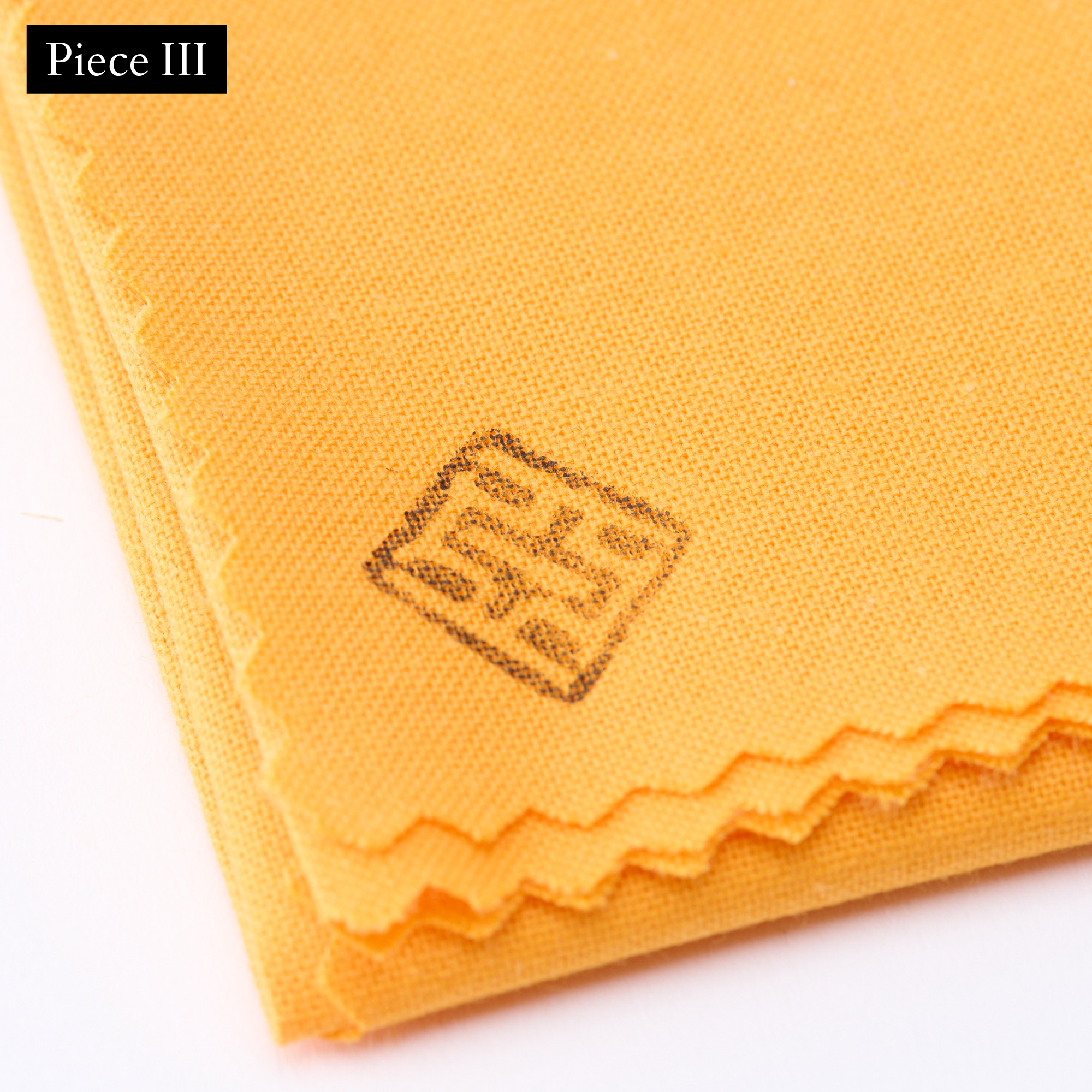
Hekigyoku Tenmoku Sake Cup
A gift from an ancient glaze, emerging like a jewel from the fire. The Hekigyoku Tenmoku Sake Cup is a striking expression of tenmoku’s infinite possibilities, its deep blues and speckled darkness swirling like a celestial body in motion. Named by master ceramicist Dobuchi Yoshiaki as an original creation, "Hekigyoku" combines heki (deep blue-green) and gyoku (jewel or gem) to capture the radiance of this one-of-a-kind piece.
Embracing the unpredictability of tenmoku, Dobuchi’s dedicated research into this classical glaze has led to original and unexpected discoveries. Layers of glaze interact in ways both unseen and uncontrolled, suspending light within the surface like a gemstone adrift in space.
The history of tenmoku dates back over 800 years to a single kiln during the Southern Song dynasty in China, where it was revered for its rich, reflective depth. But tenmoku is a glaze of transformation—one that emerges suddenly, never fully within the potter’s control. Even after centuries of study, its most breathtaking variations appear unexpectedly, shaped by the delicate balance of heat, oxygen, and mineral reactions in the kiln.
A singular moment in time, this sake cup is an irreplaceable fusion of chance and craftsmanship. Lose yourself in the moment—both in the sip and in its artistry.
DETAILS
| Quantity | 1 |
| Size |
D 8.3 cm (3.3 in) x H 3.7 cm (1.5 in) [Wooden box] L 10.5 cm (4.1 in) x W 10.5 cm (4.1 in) x H 6.0 cm (2.4 in) |
| Capacity | 40 ml (1.4 fl oz) |
| Weight | 105 g (3.7 oz) |
| Material | Stoneware |
| Package Type | Wooden box |
| Microwave | No |
| Dishwasher | No |
Maker / Brand
Dobuchi Yoshiaki, the fourth-generation head of Kyoto’s Touan, specializes in tenmoku: an ancient technique long prized in ceramics for its depth and complexity. Tenmoku has inspired generations of potters with its reflective finish, striking black glaze, and intricate patterns. Dobuchi’s work reflects both technical mastery and artistic vision, each piece grounded in the past while building a fresh creative future.
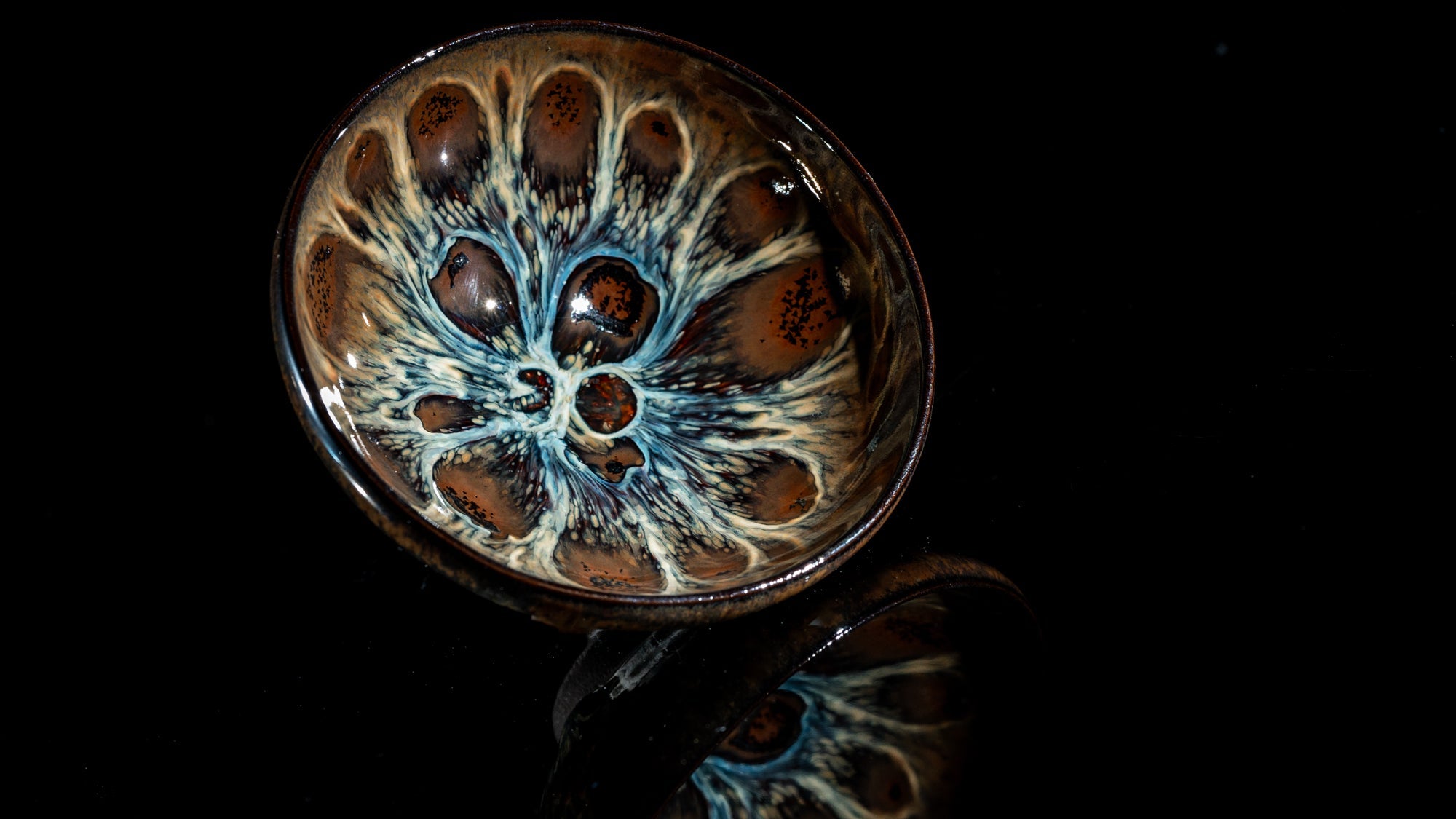
Crafts
Kyo ware and Kiyomizu ware, collectively known as Kyo-yaki and Kiyomizu-yaki, are celebrated pottery styles from Kyoto. Known for their vibrant designs, finely sculpted forms, and dedication to handcrafted detail, these wares reflect Kyoto’s distinctive sense of beauty and artistic refinement.
Defined by a long-cultivated diversity, Kyo ware and Kiyomizu ware have drawn on techniques and styles from pottery traditions across Japan, evolving into a richly expressive and distinctly Kyoto art form. Recognized as a Traditional Craft of Japan in 1977, they continue to be cherished for their cultural depth and everyday appeal.
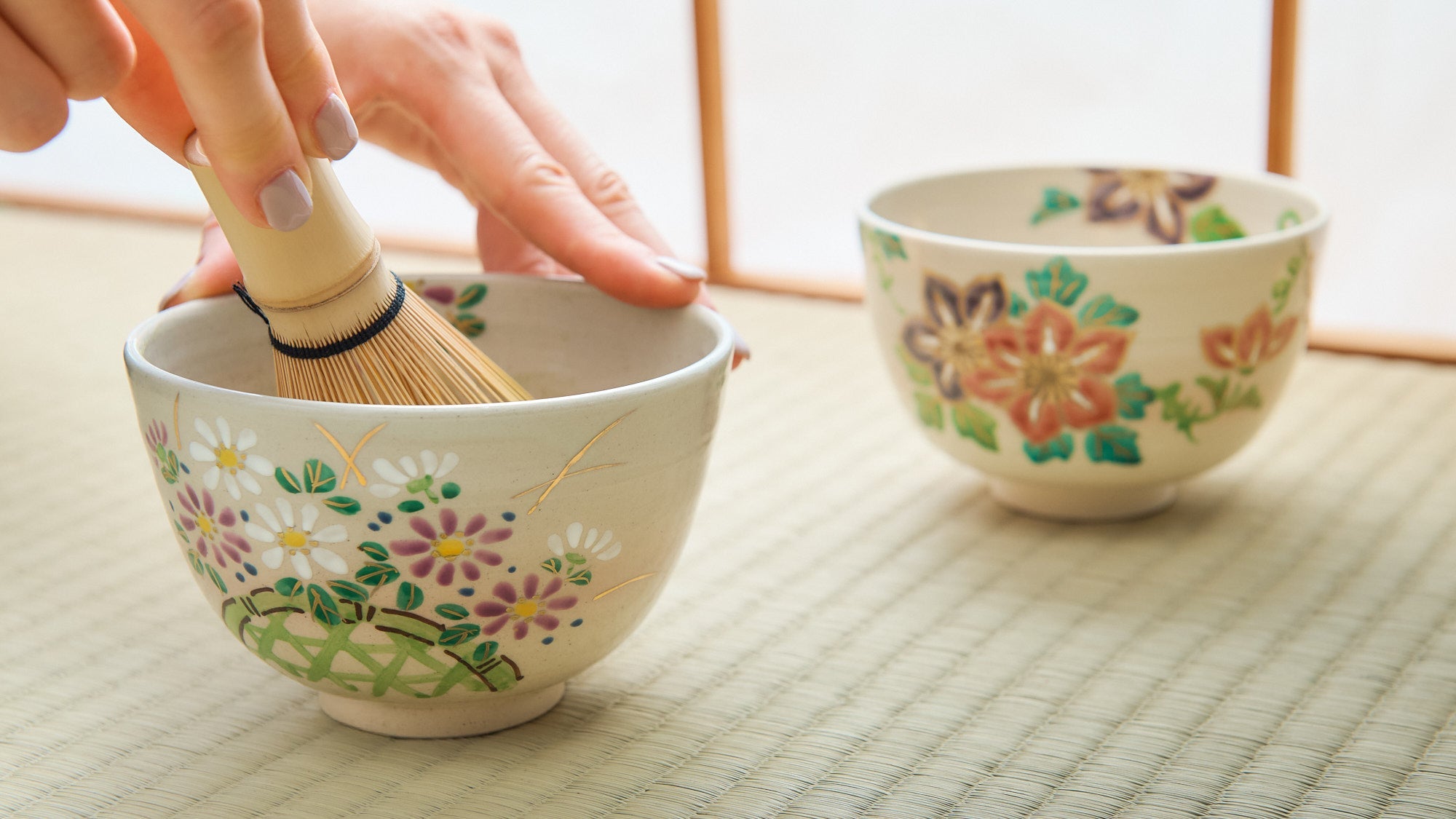
Choose options
About Artist
Musubi Gallery
Since its inception, MUSUBI KILN has strived to introduce the world to the finest traditional crafts from masters all around Japan.
Here, in the Gallery, we seek to showcase the highest echelon of traditional techniques passed down through generations. You can discover works from masters who have not only perfected those methods, but added their imagination to innovate the craft even further.
Some of these masters have even been named Living National Treasures, a title bestowed upon them by the Japanese government to formally recognize their contribution to crafts and culture — thereby cementing their legacy and making them an important part of art history.
Each piece is meticulously handcrafted over many months to create a timeless treasure that's unlike any other. And when it's in your home, you, too, will become part of that history.
Welcome to the Gallery. Please, peruse at your leisure.
